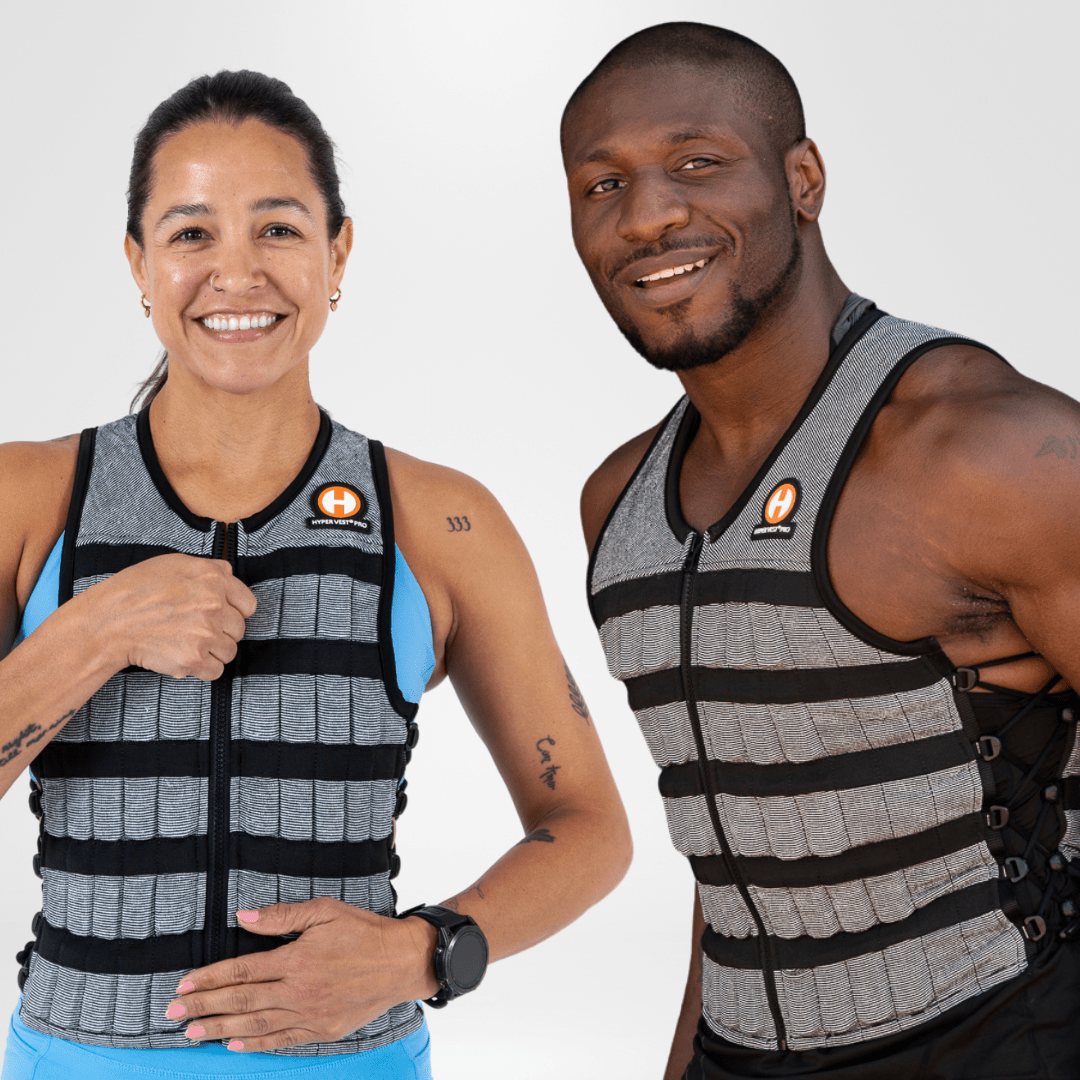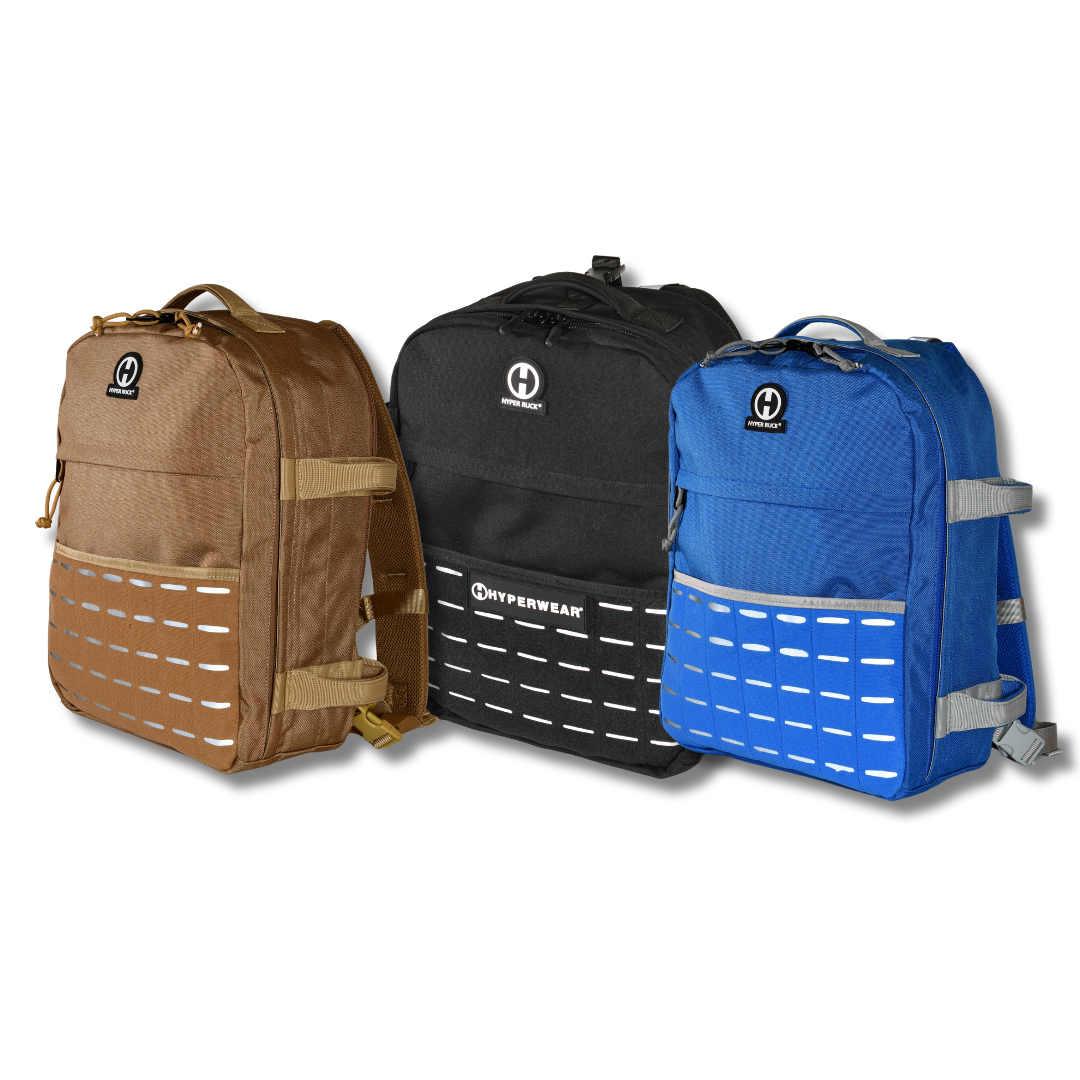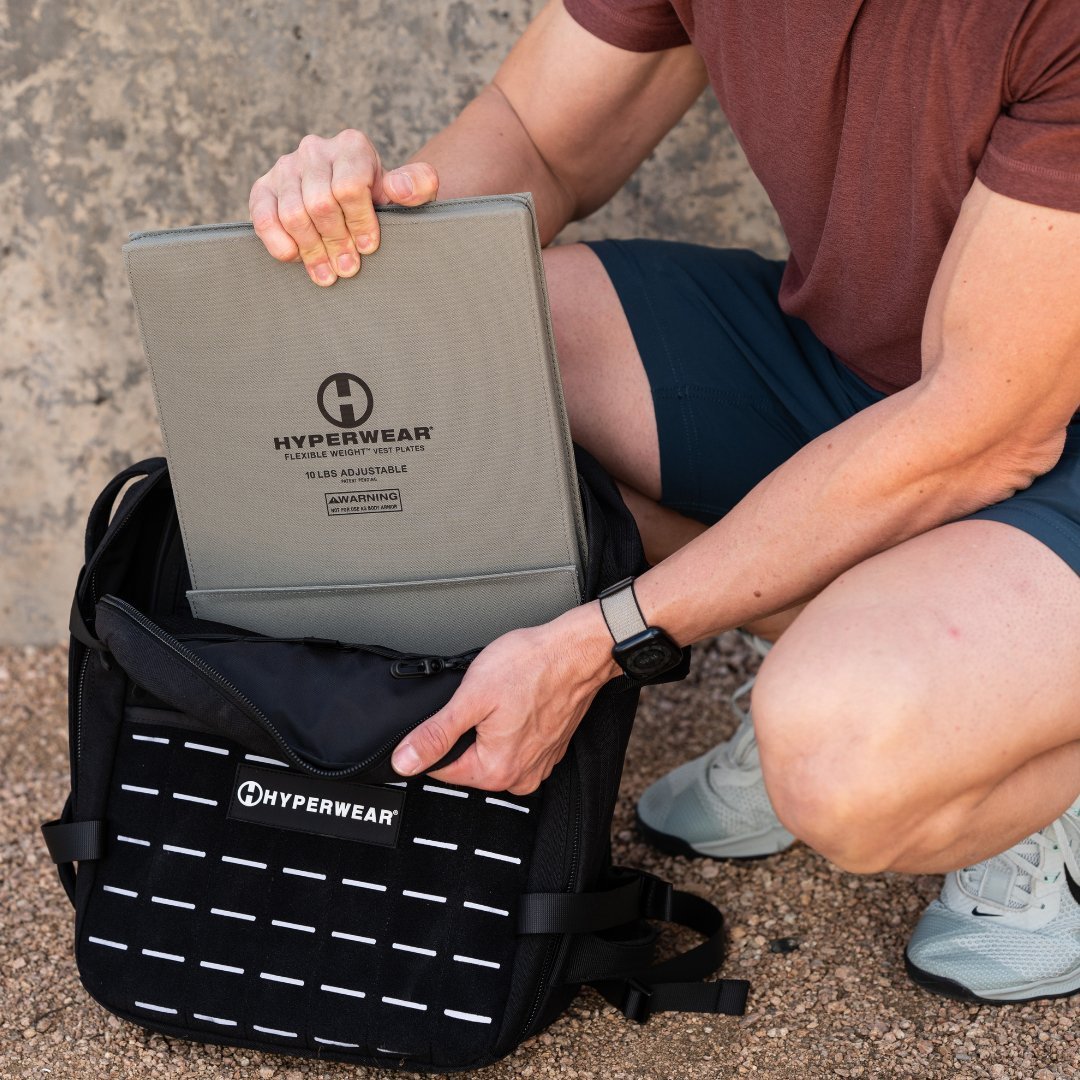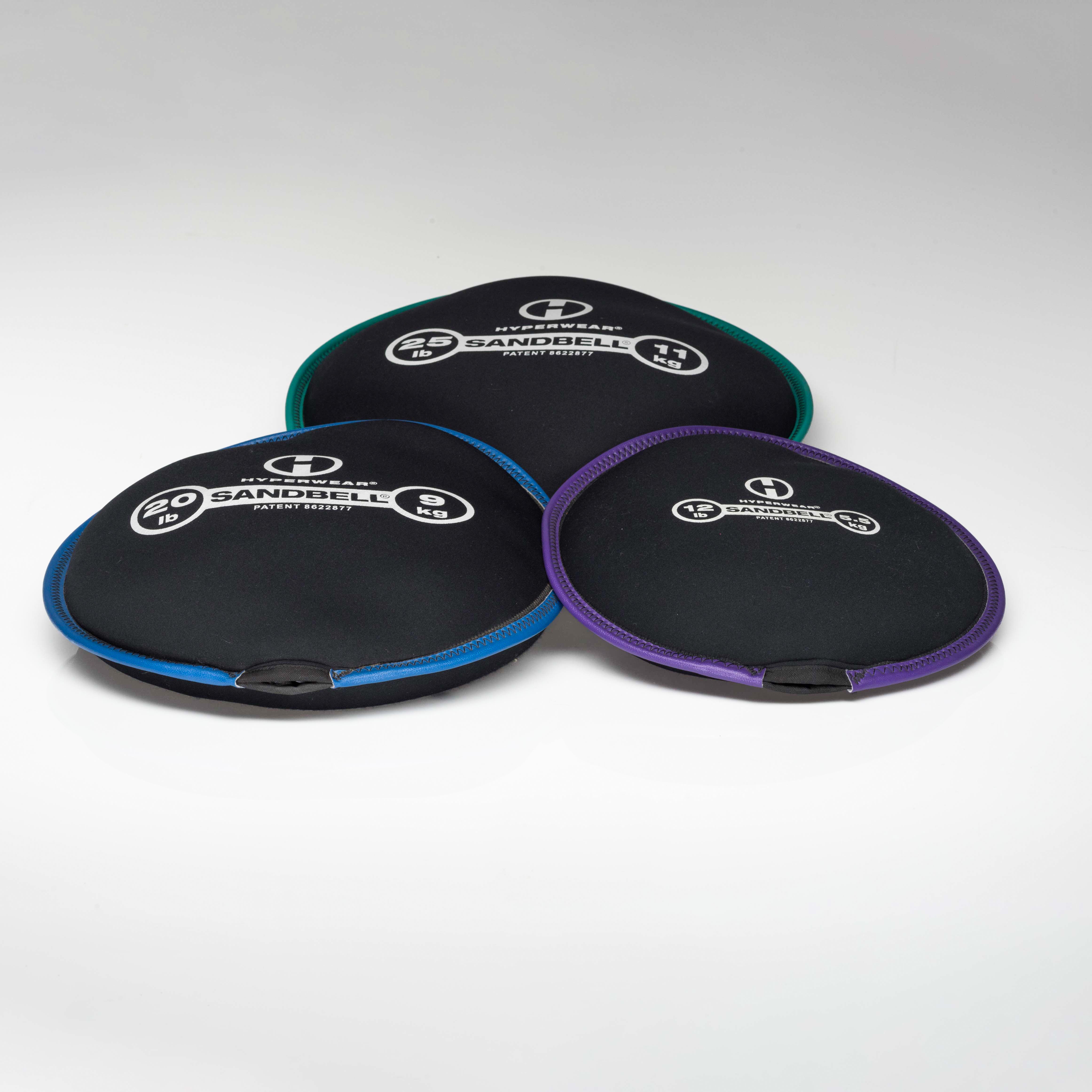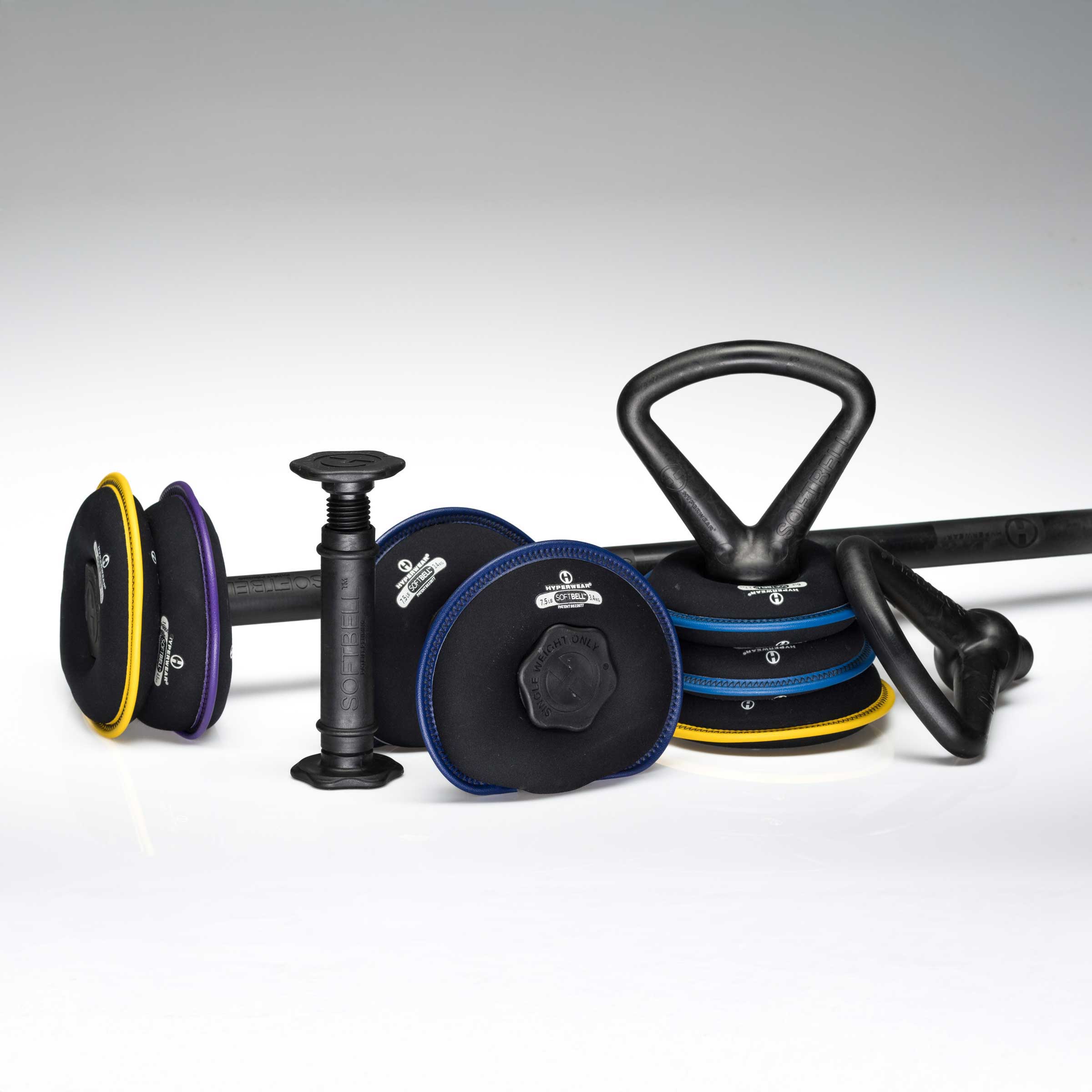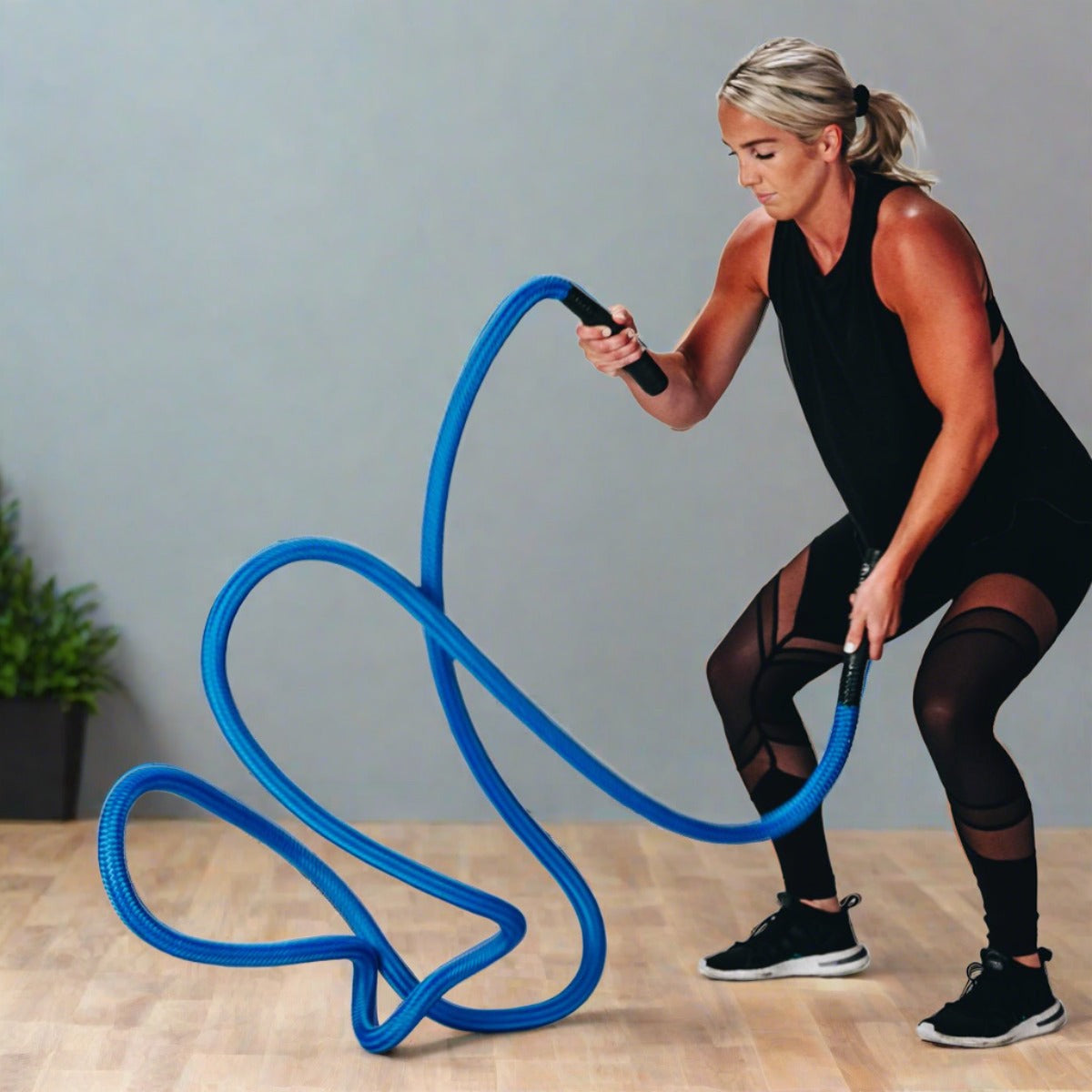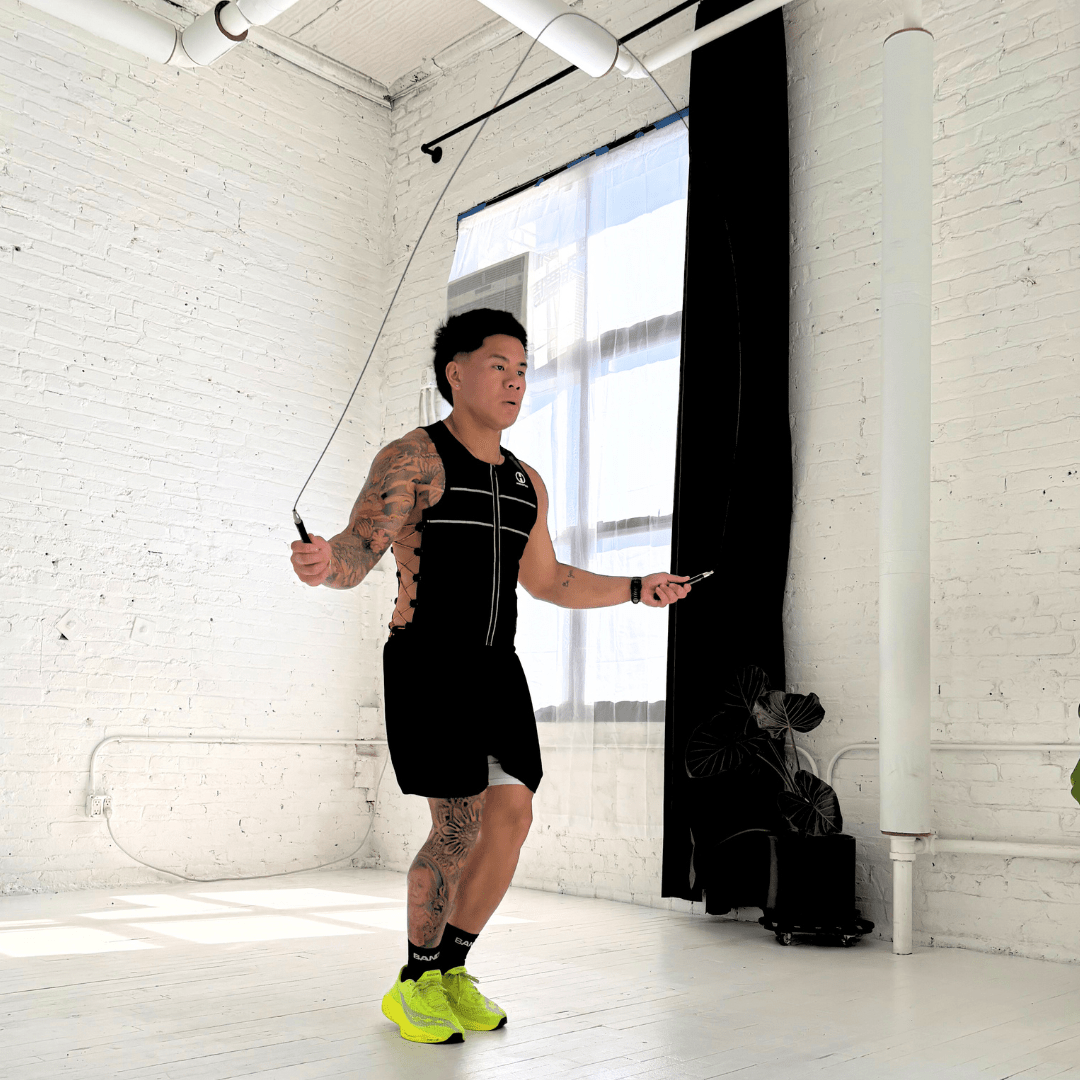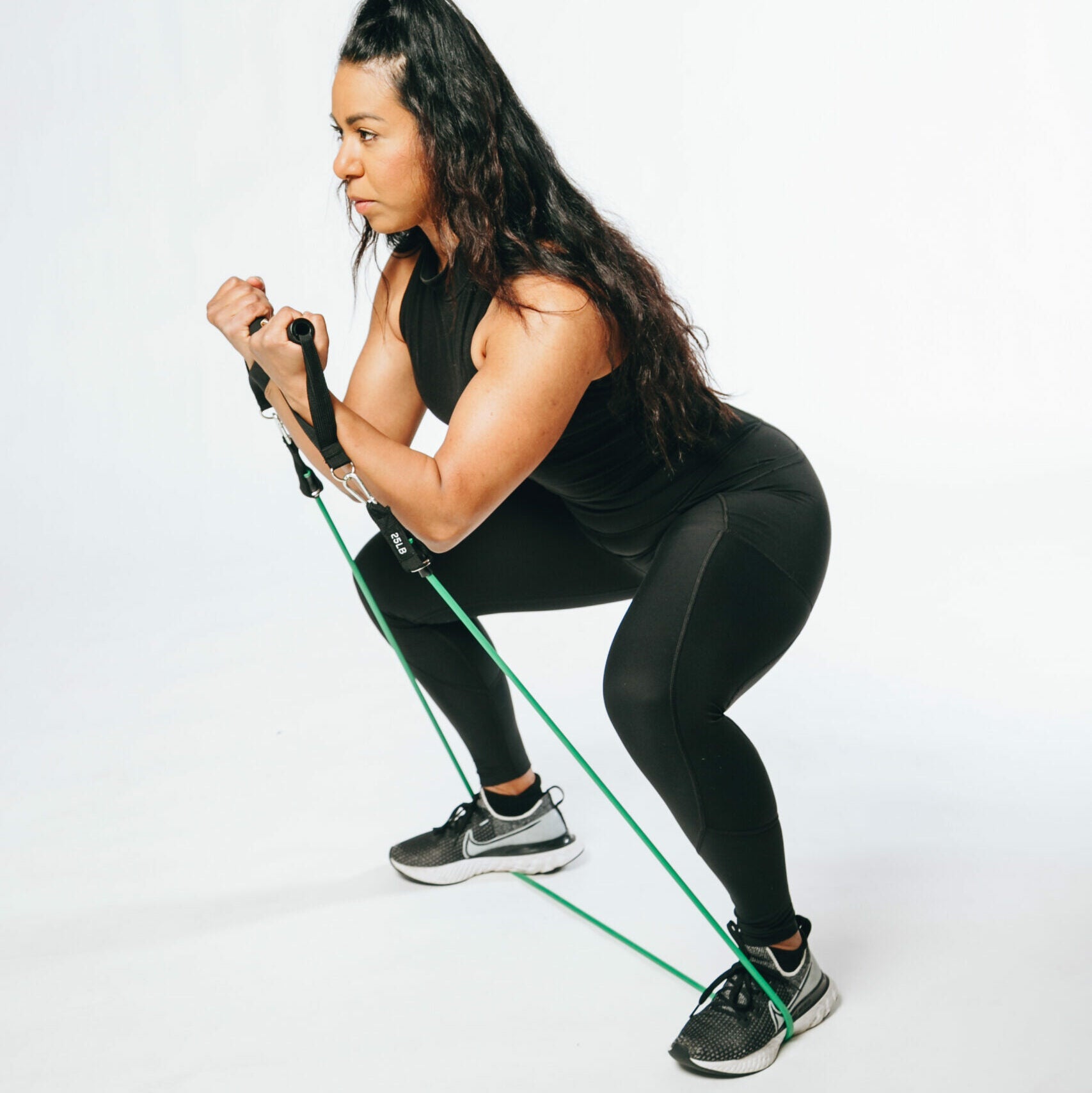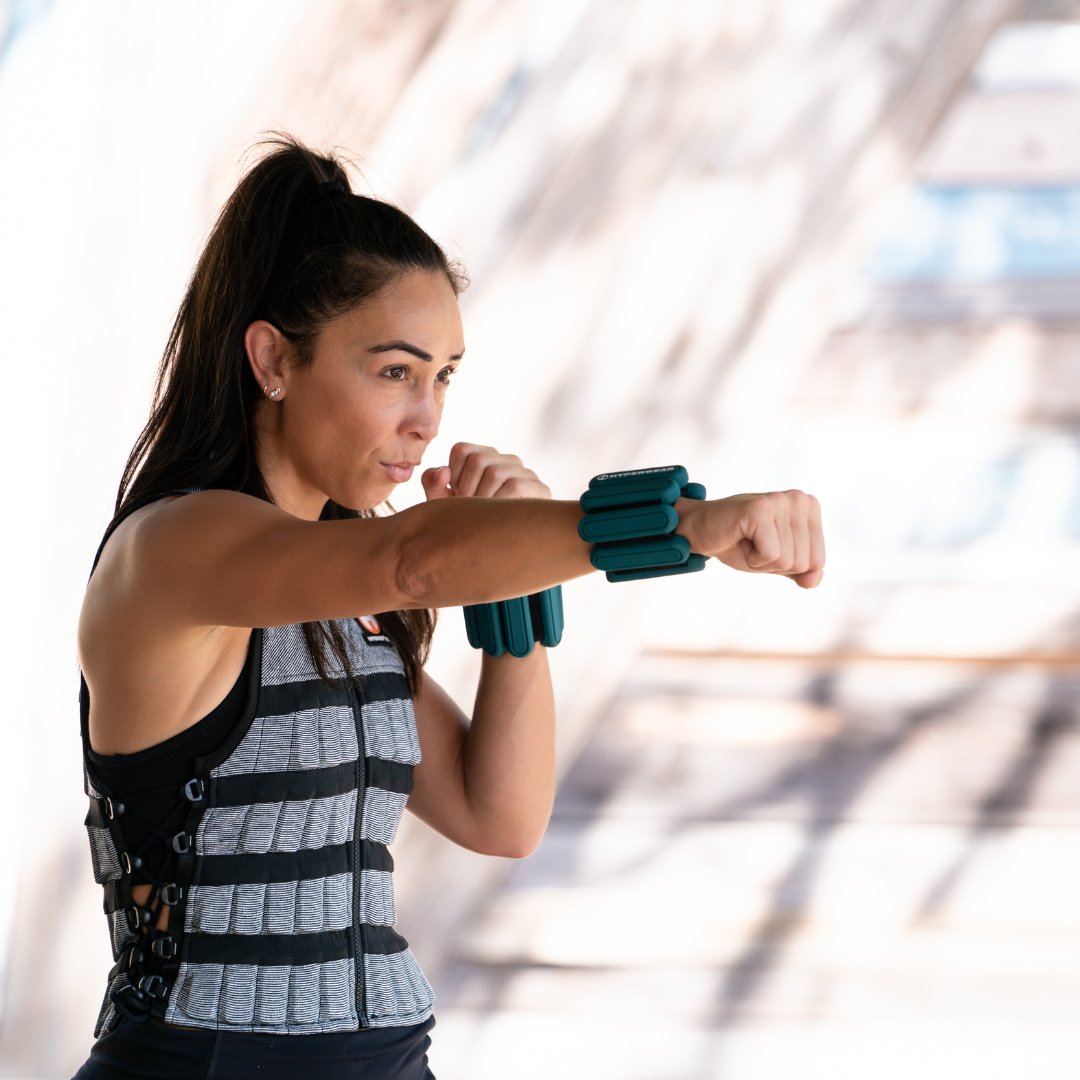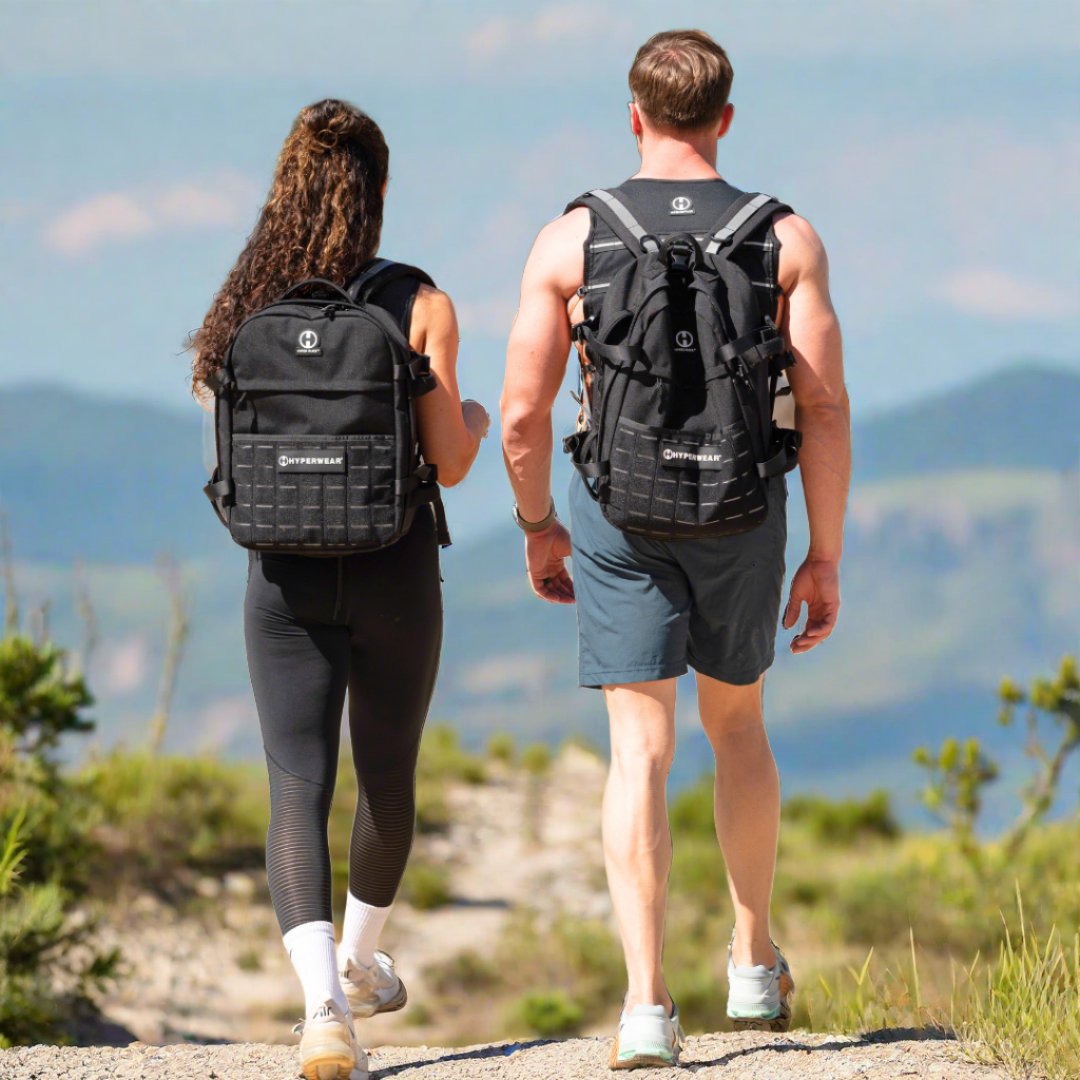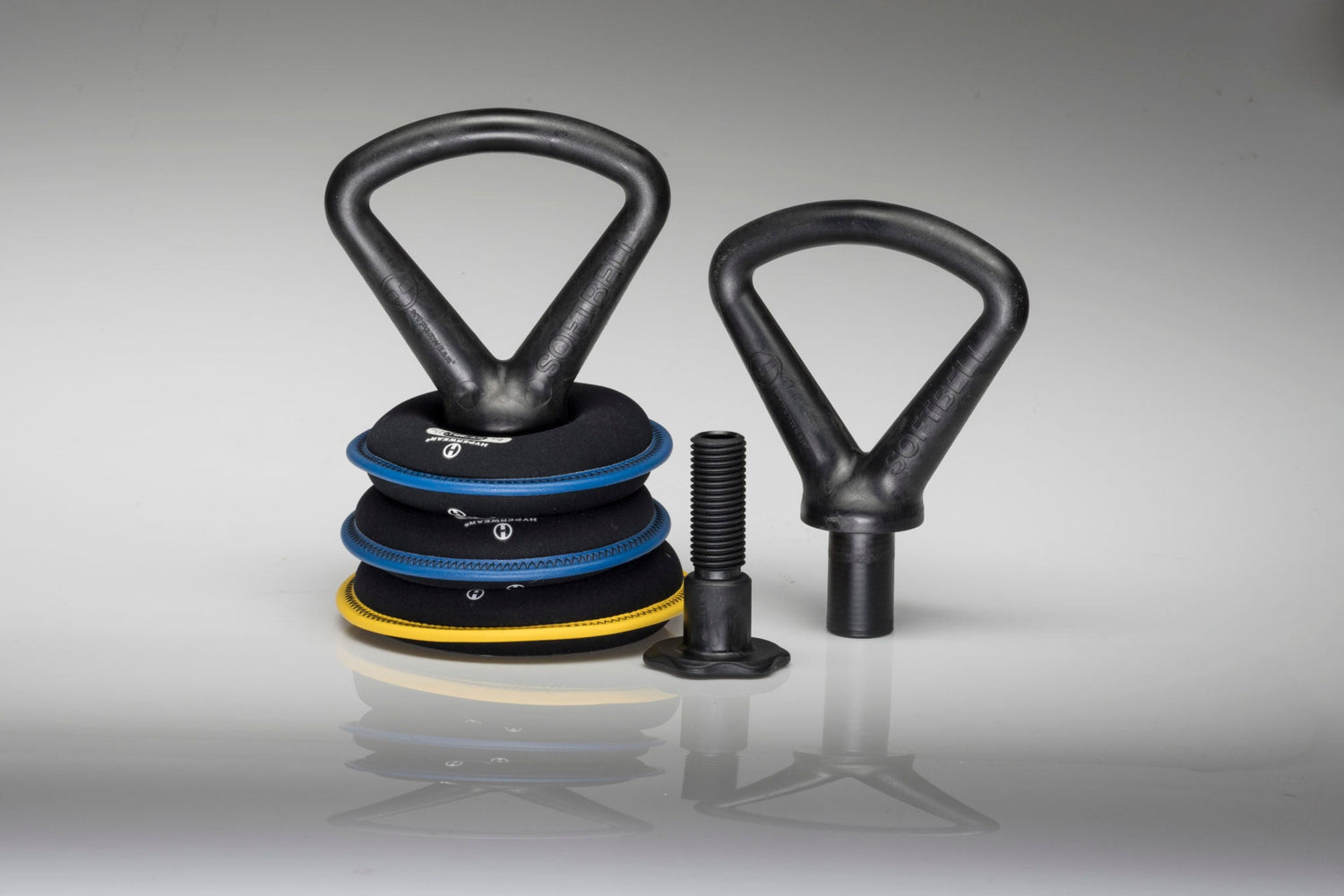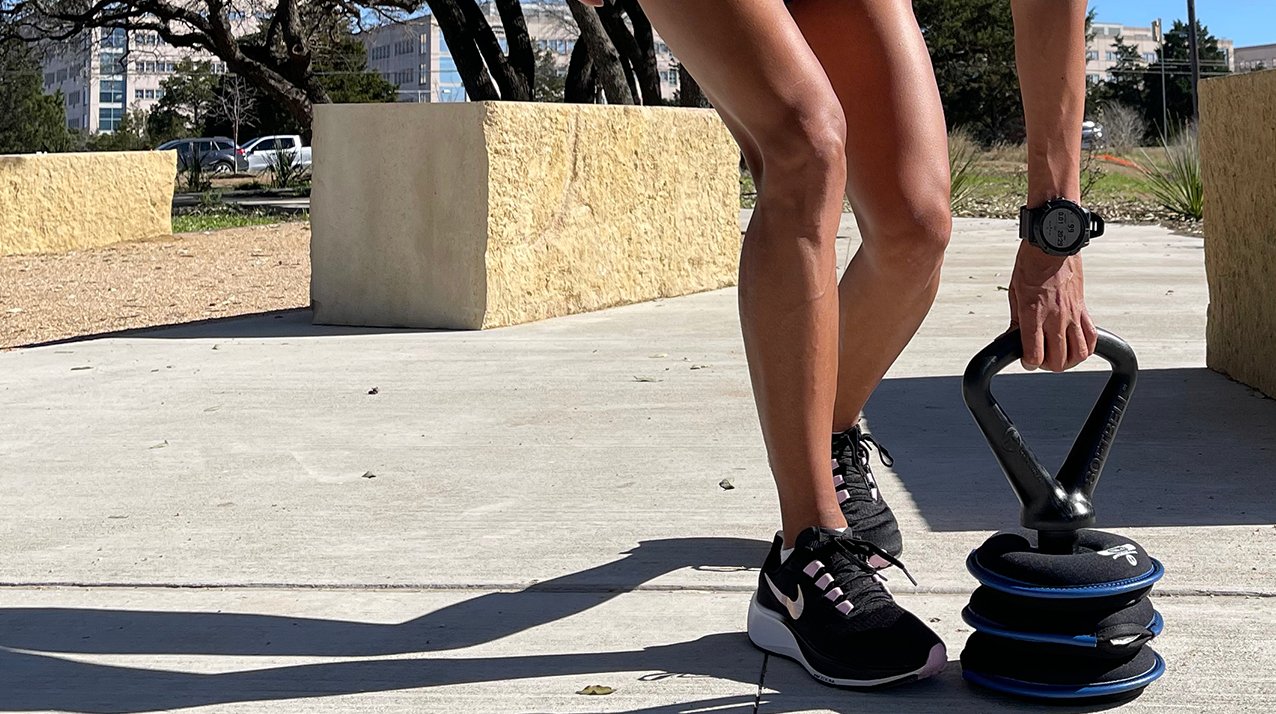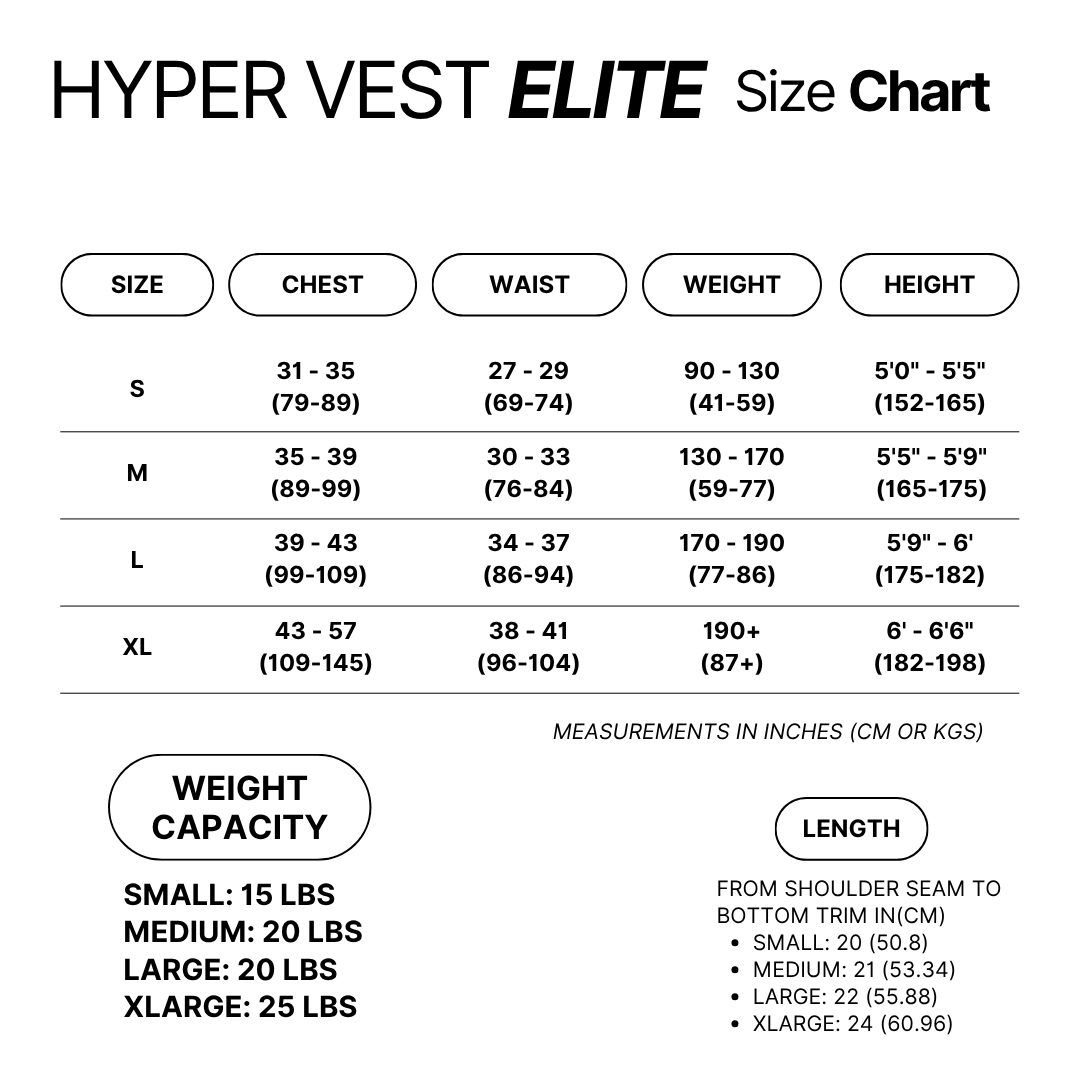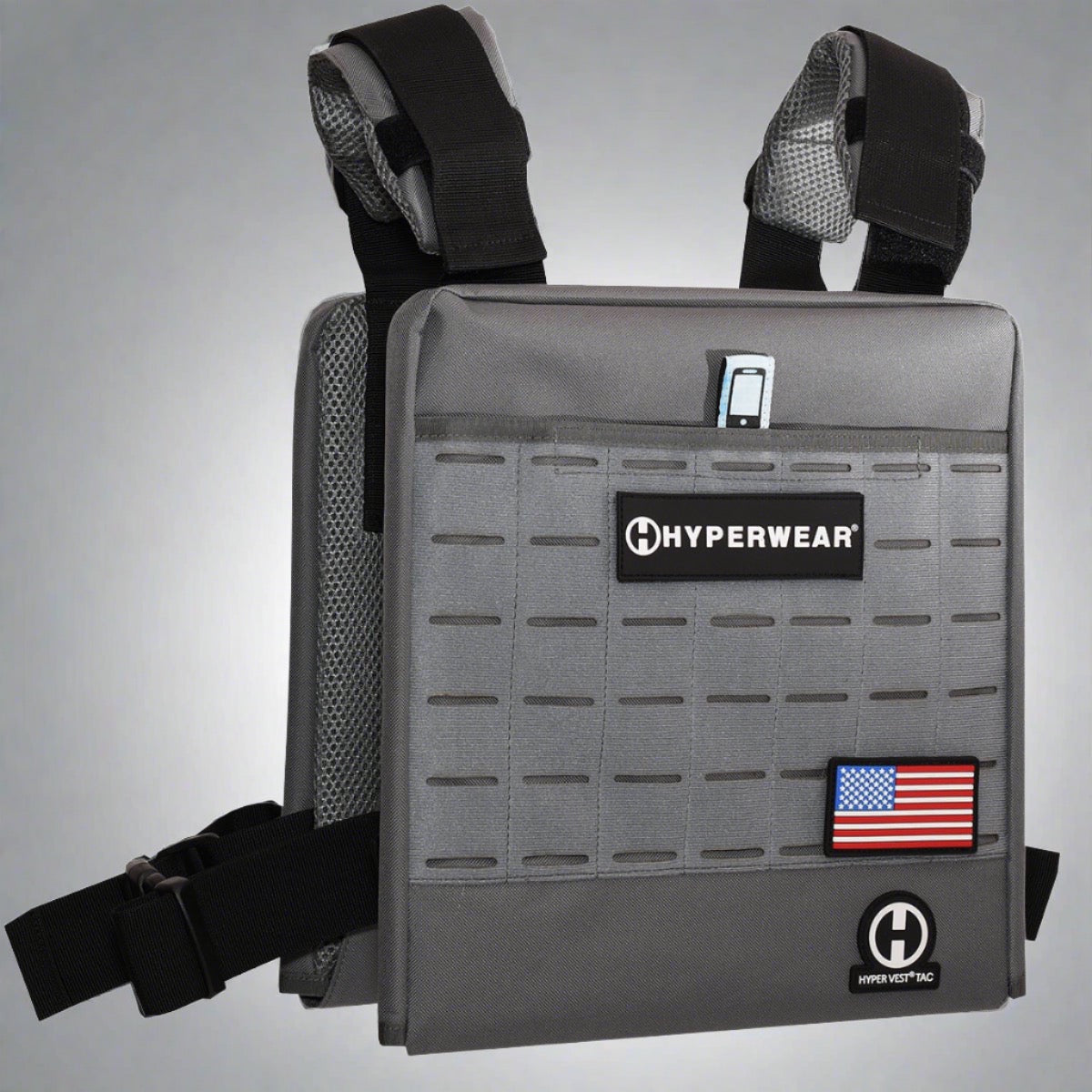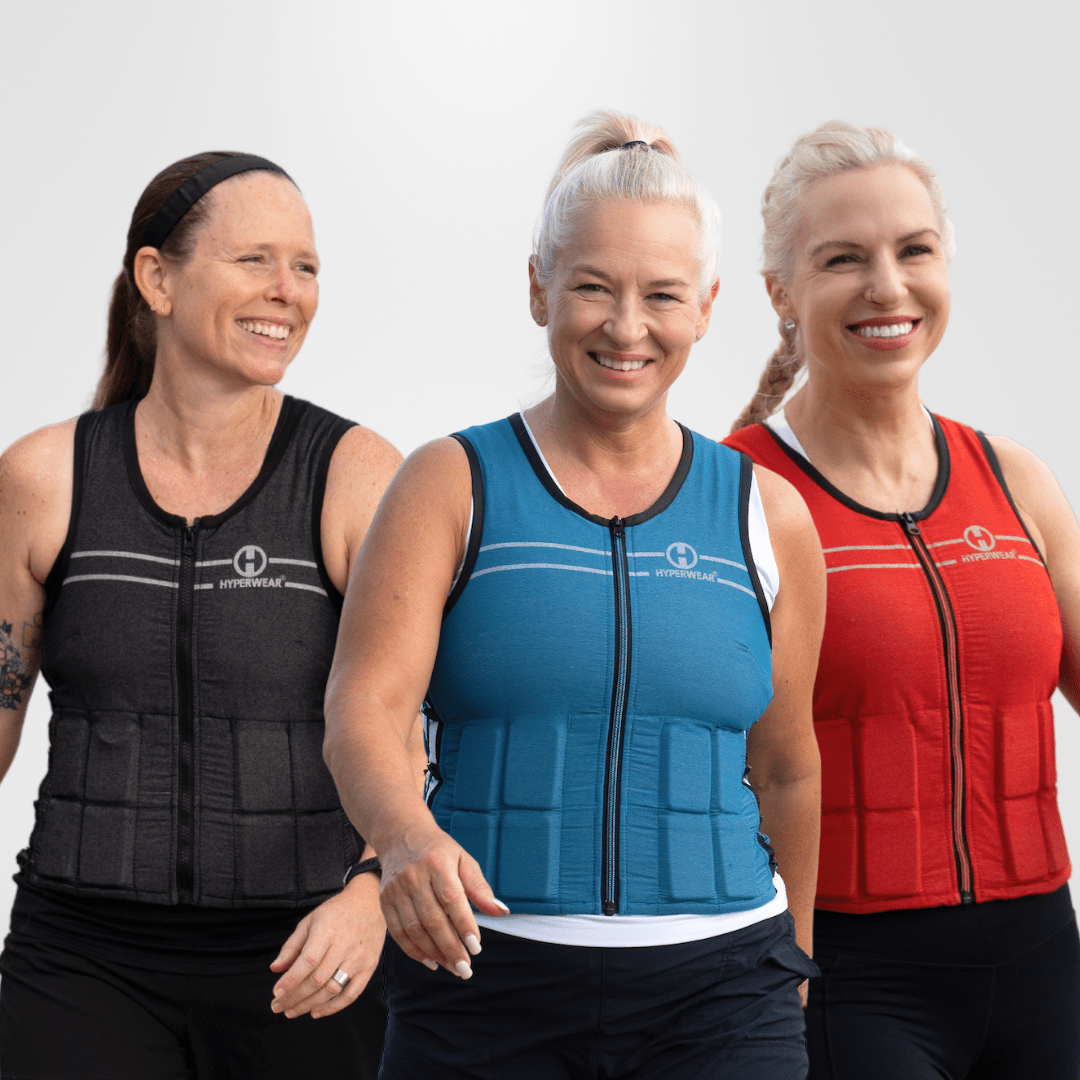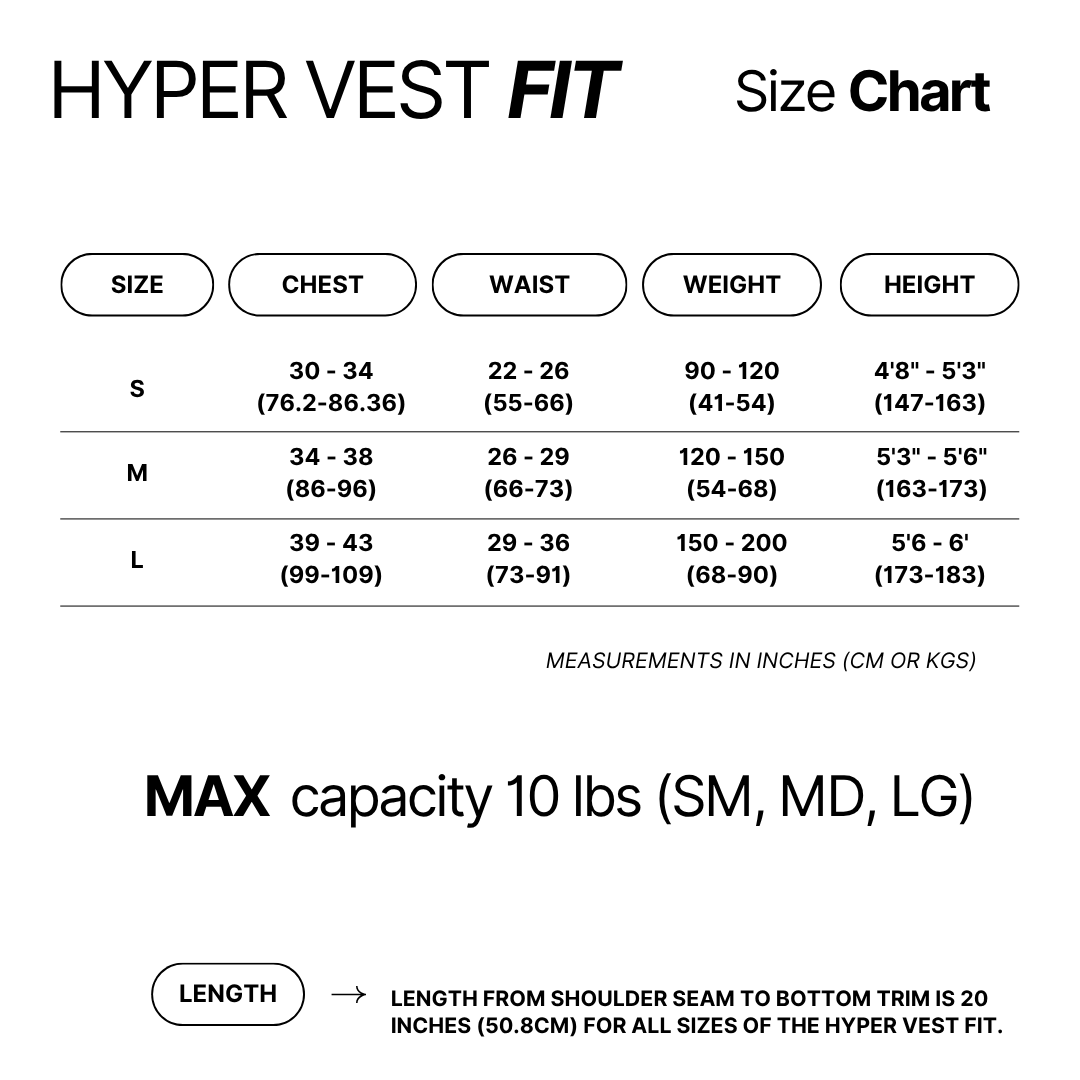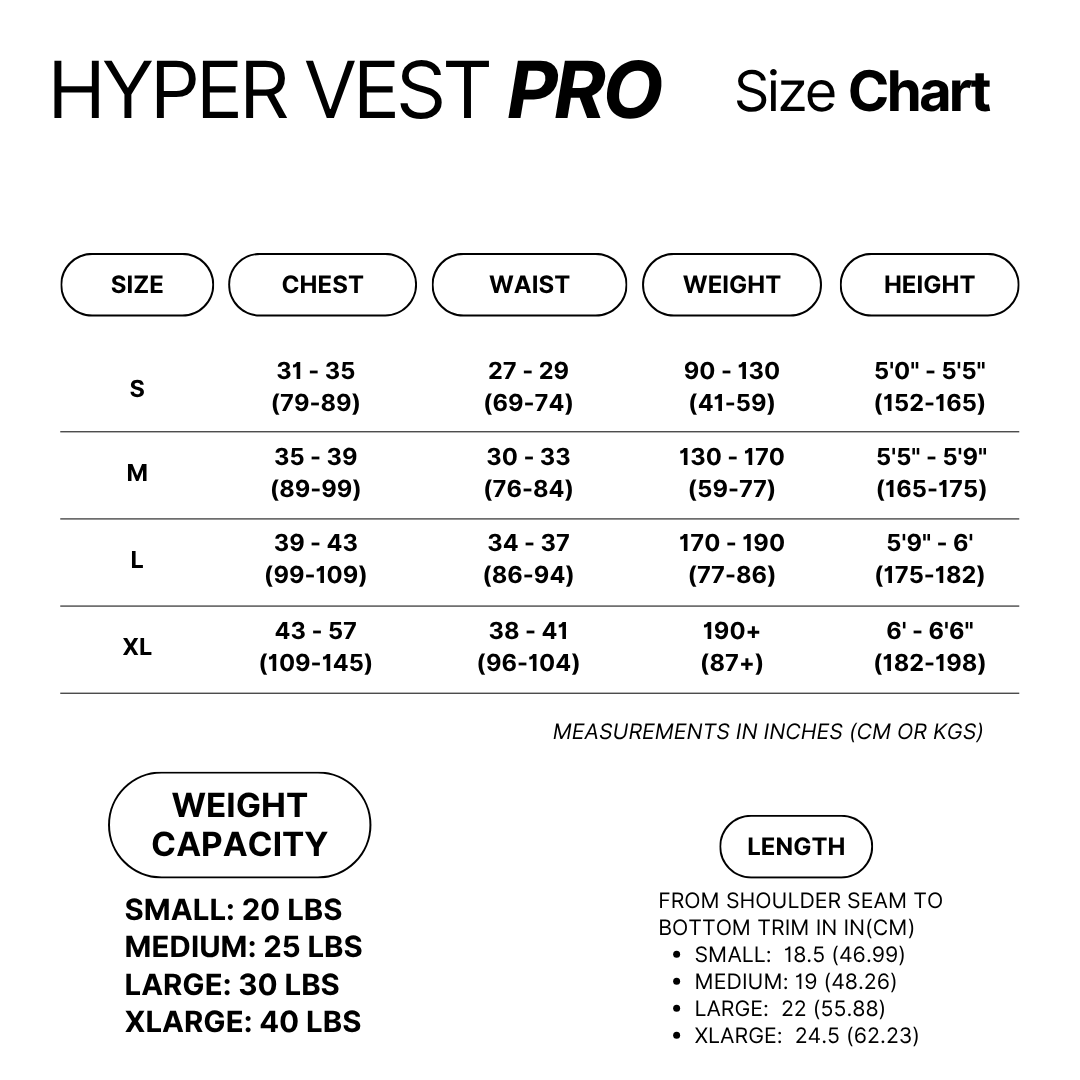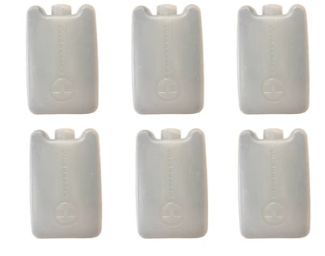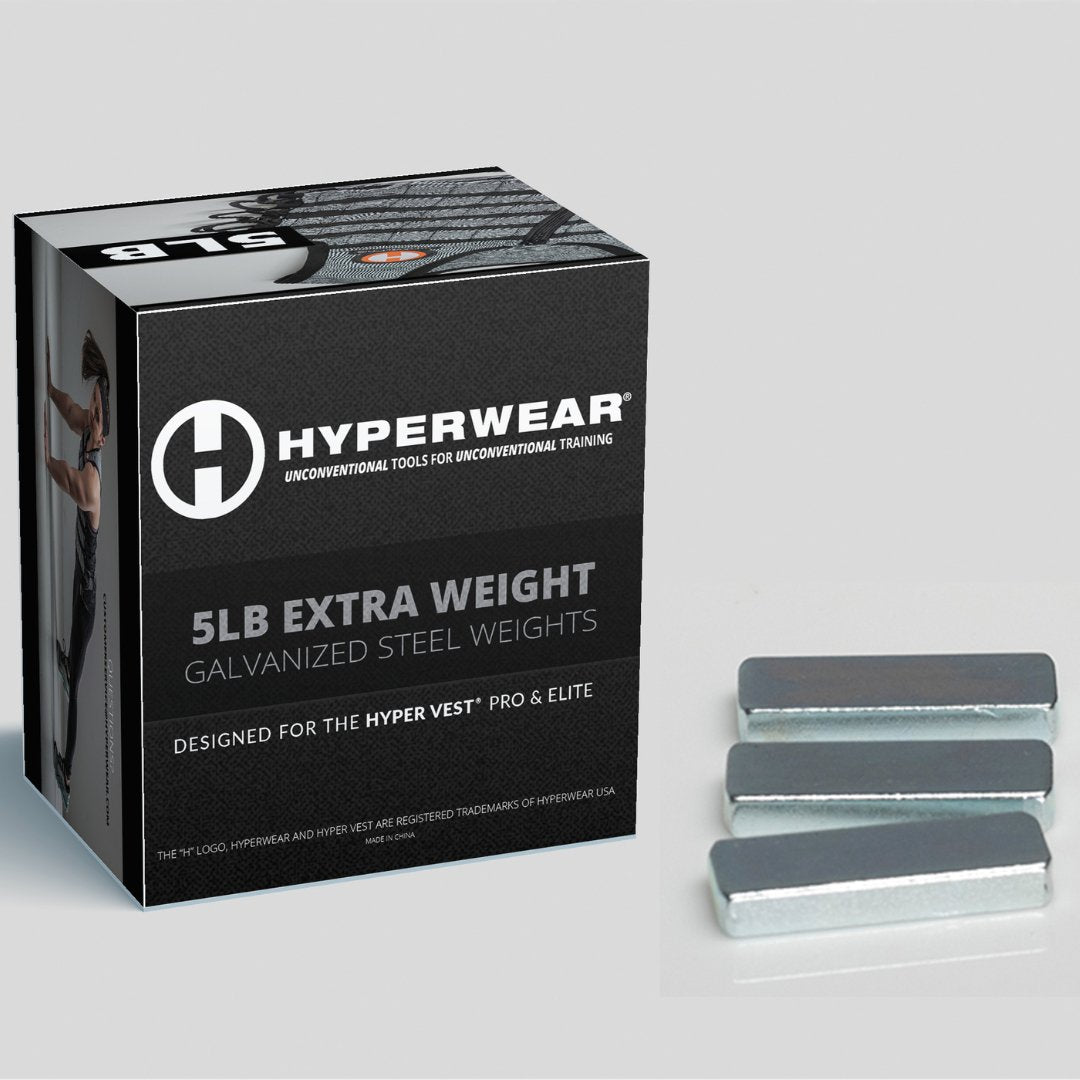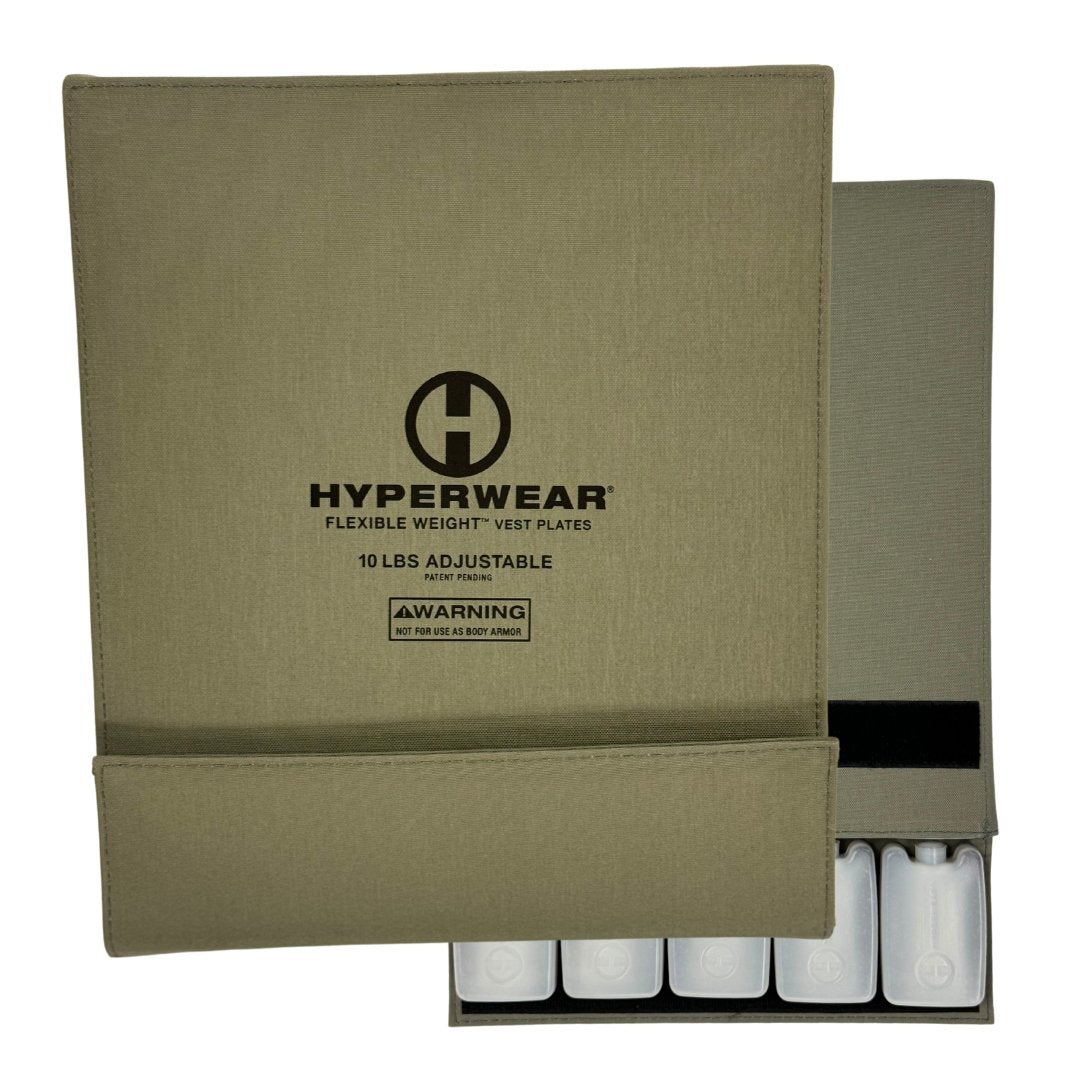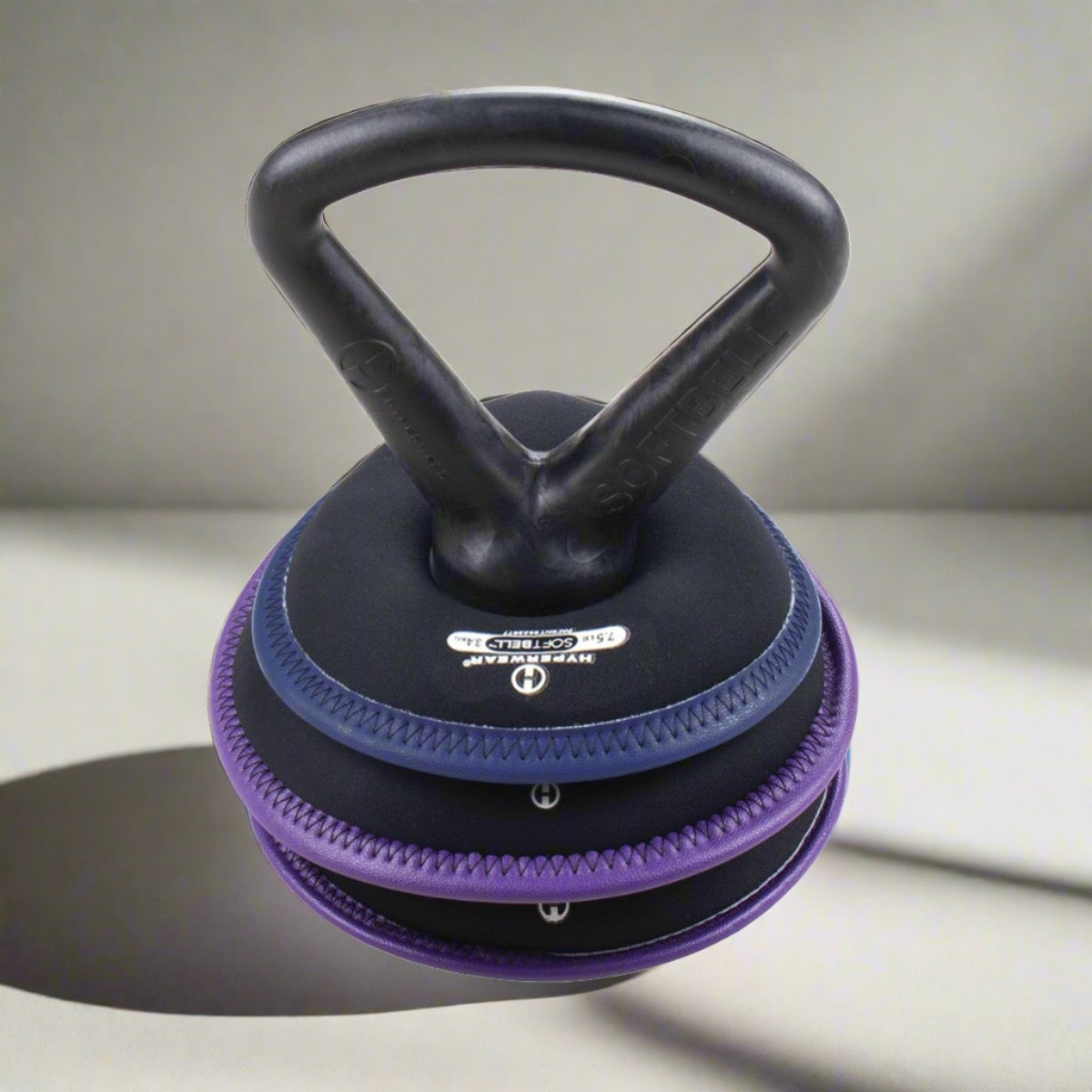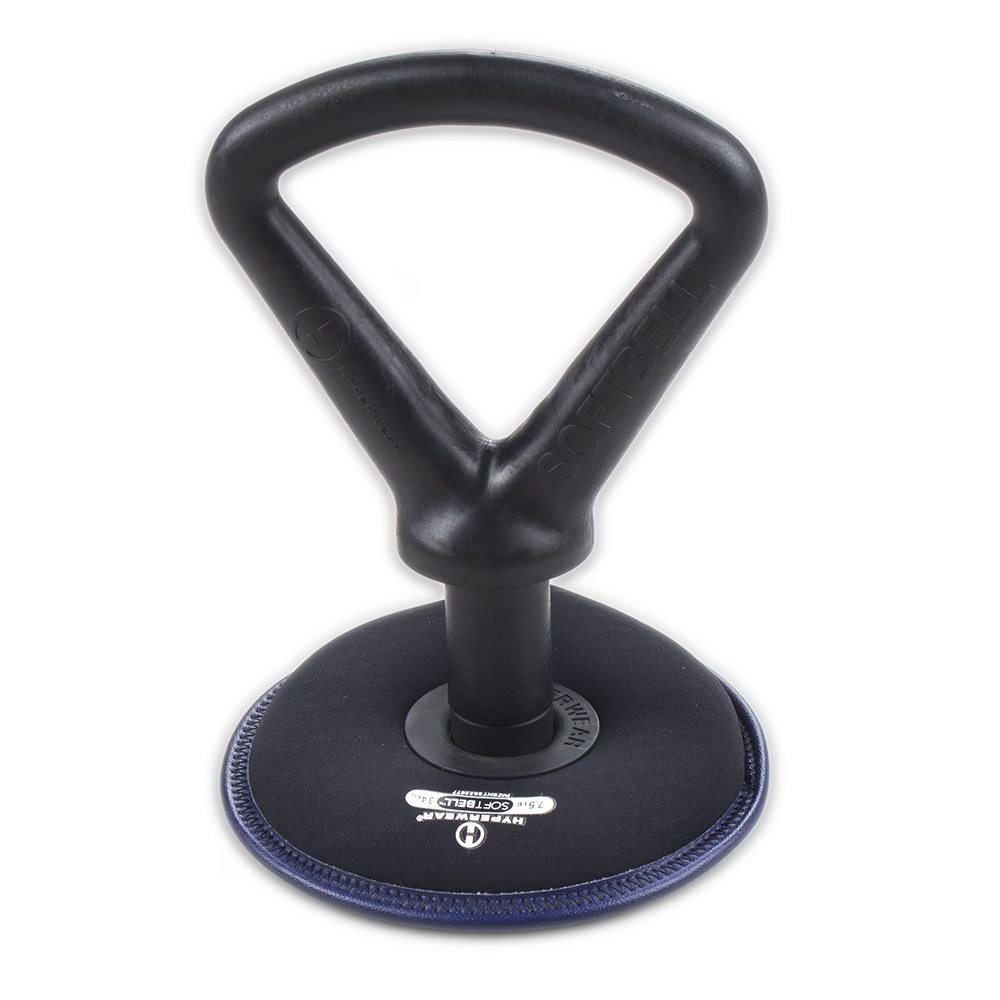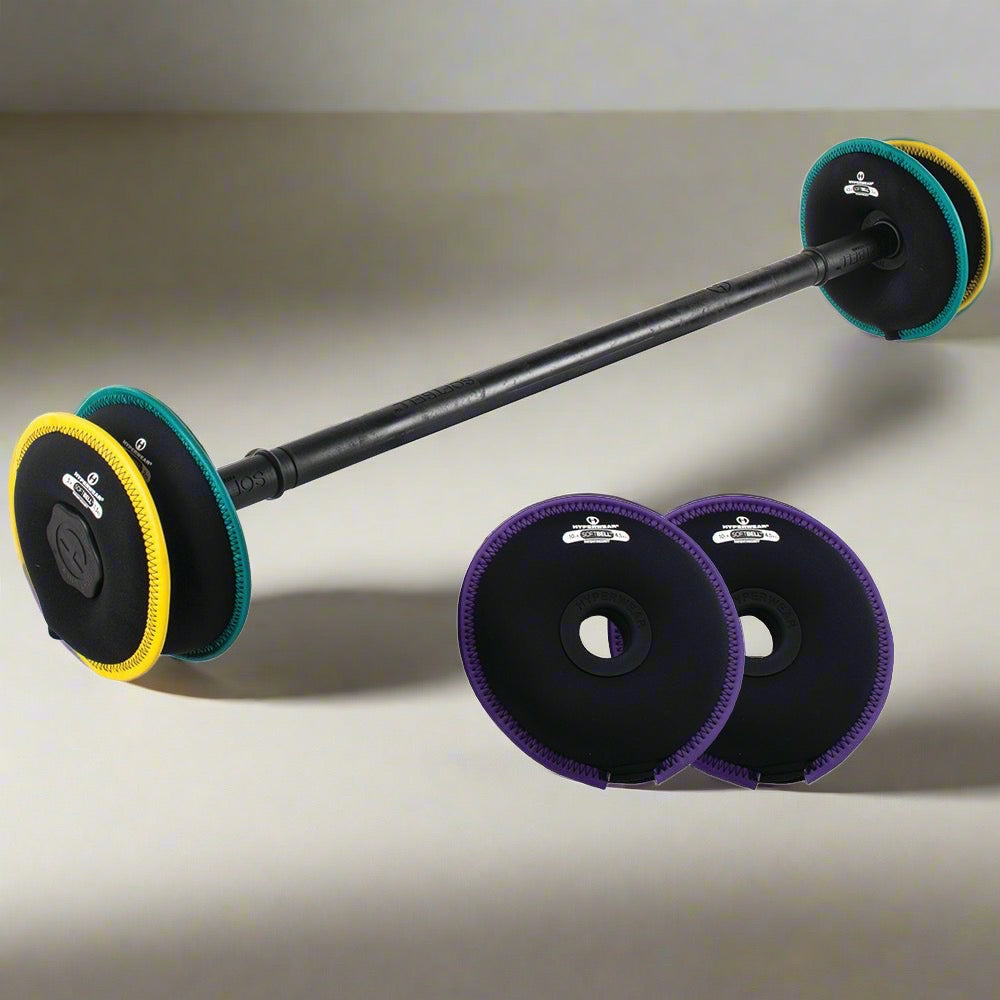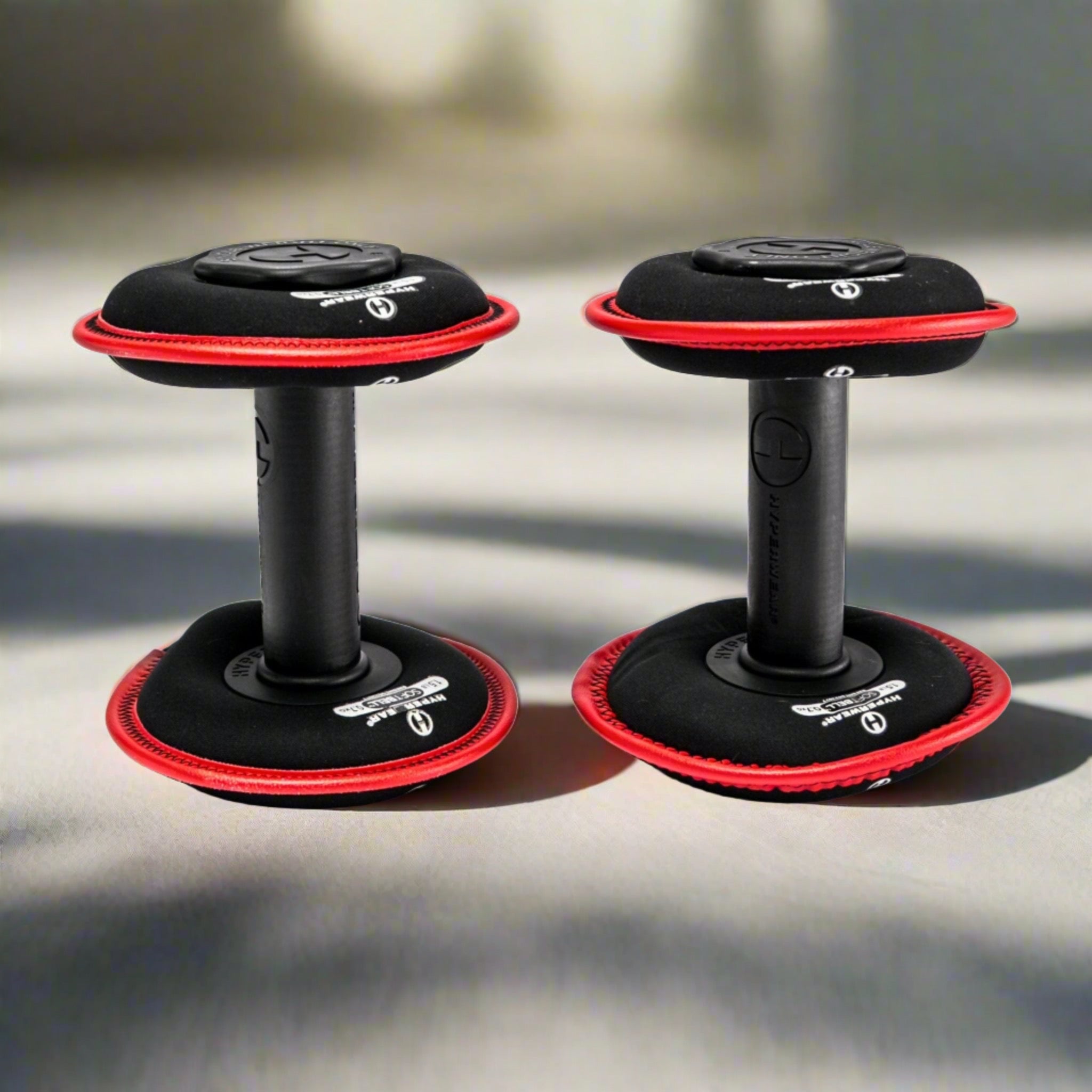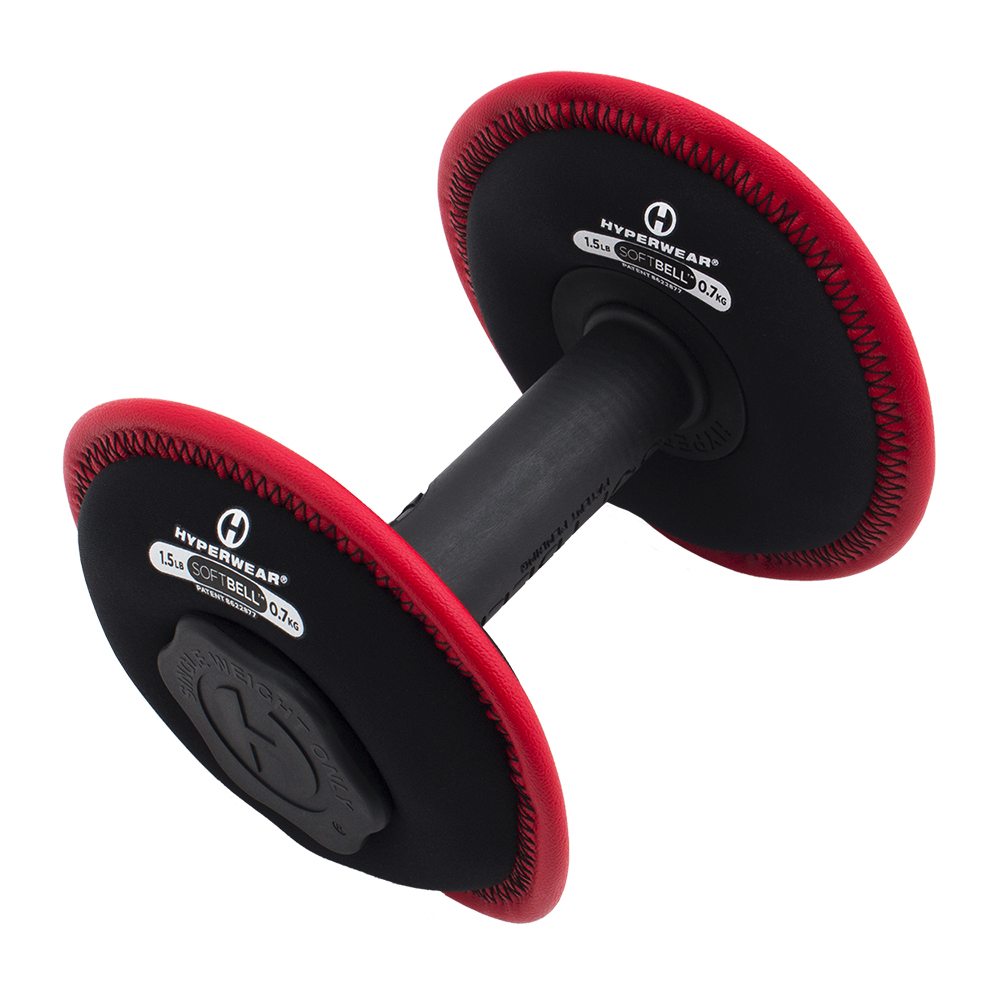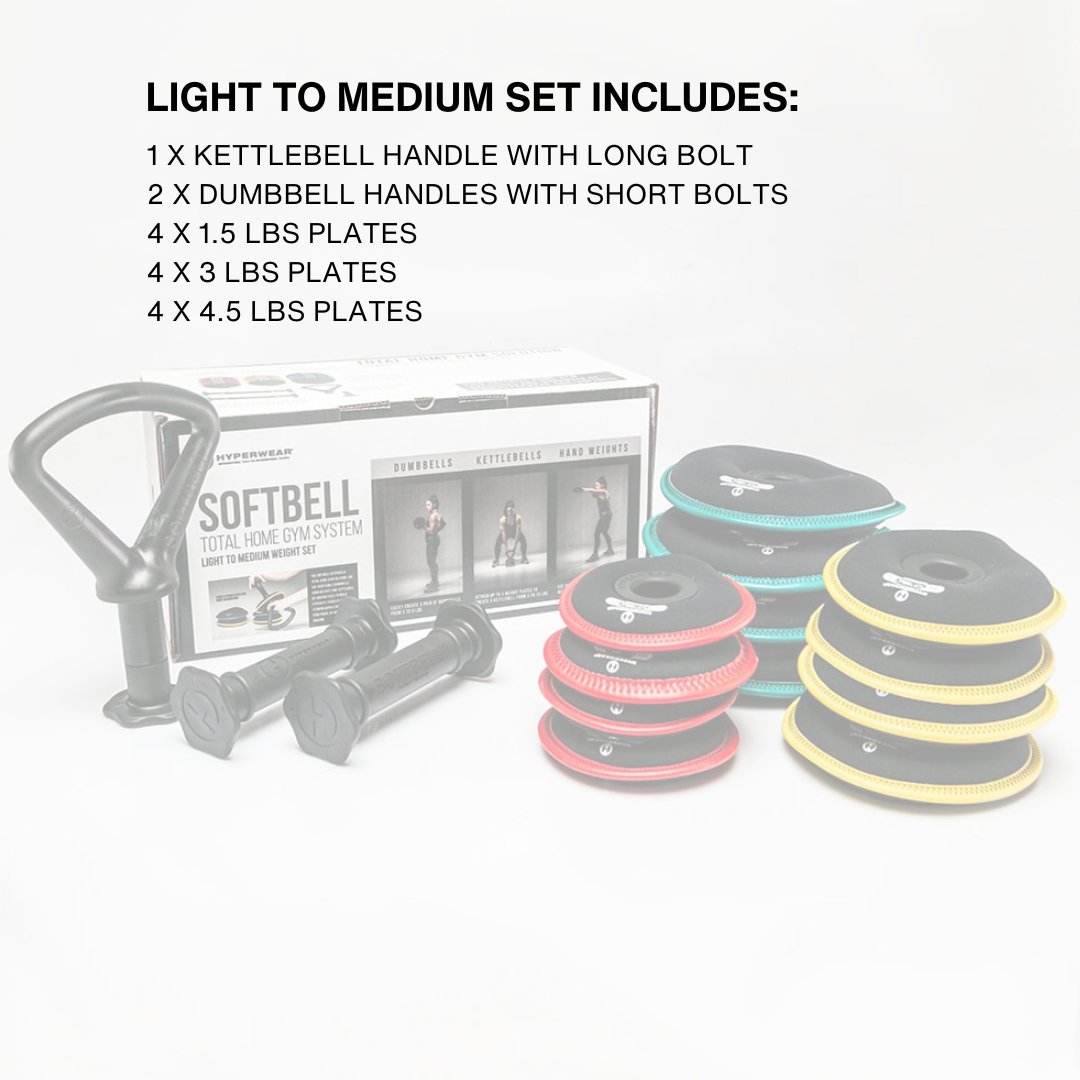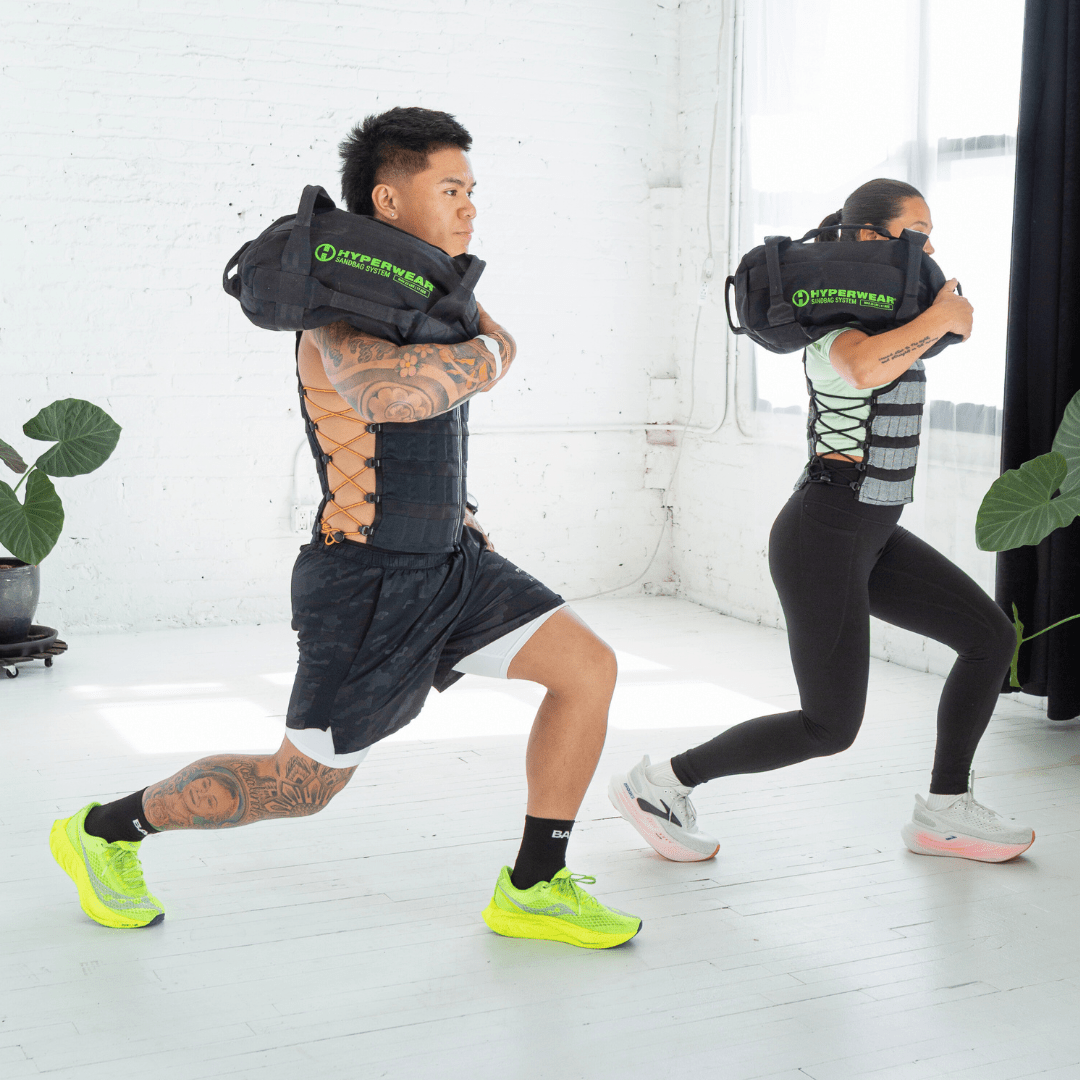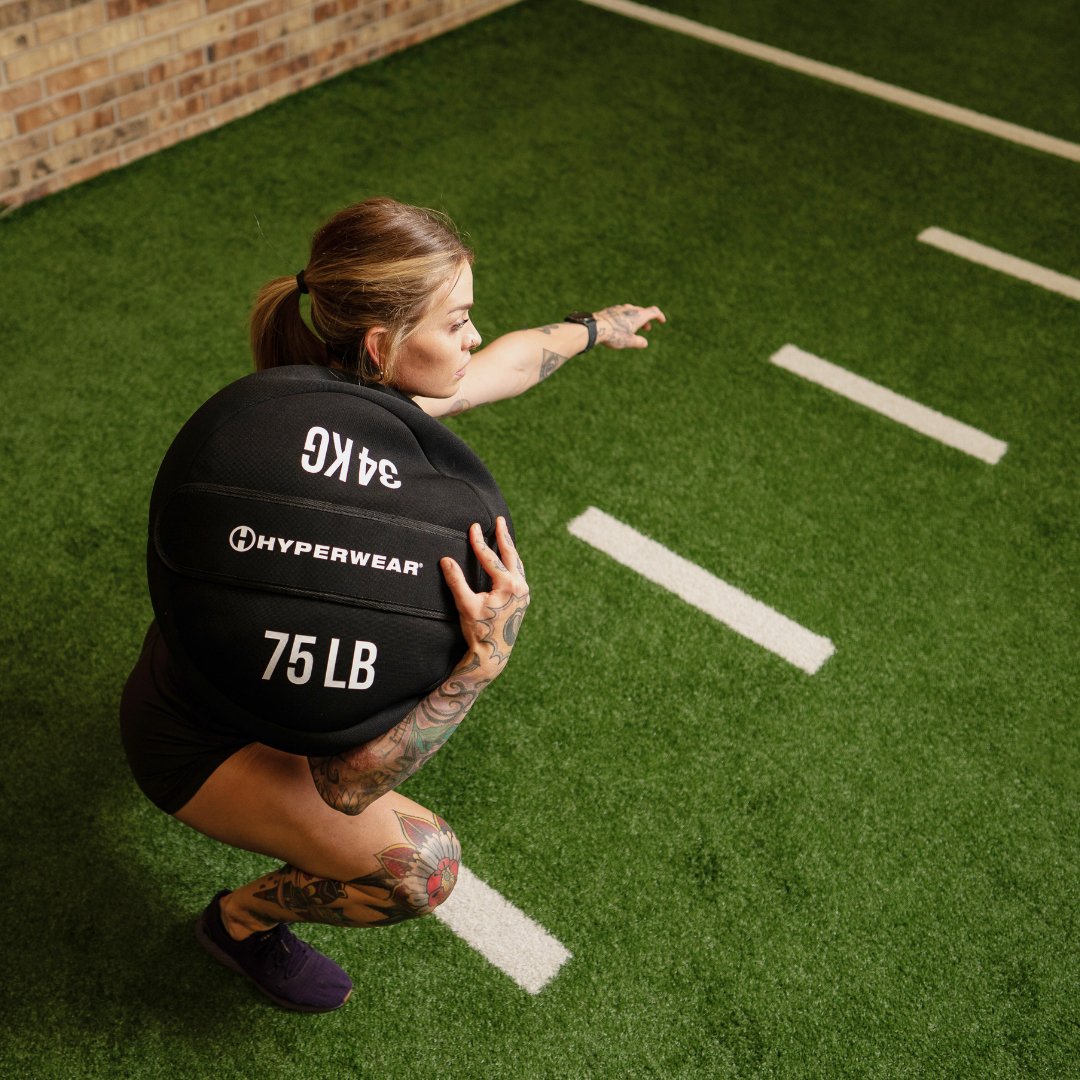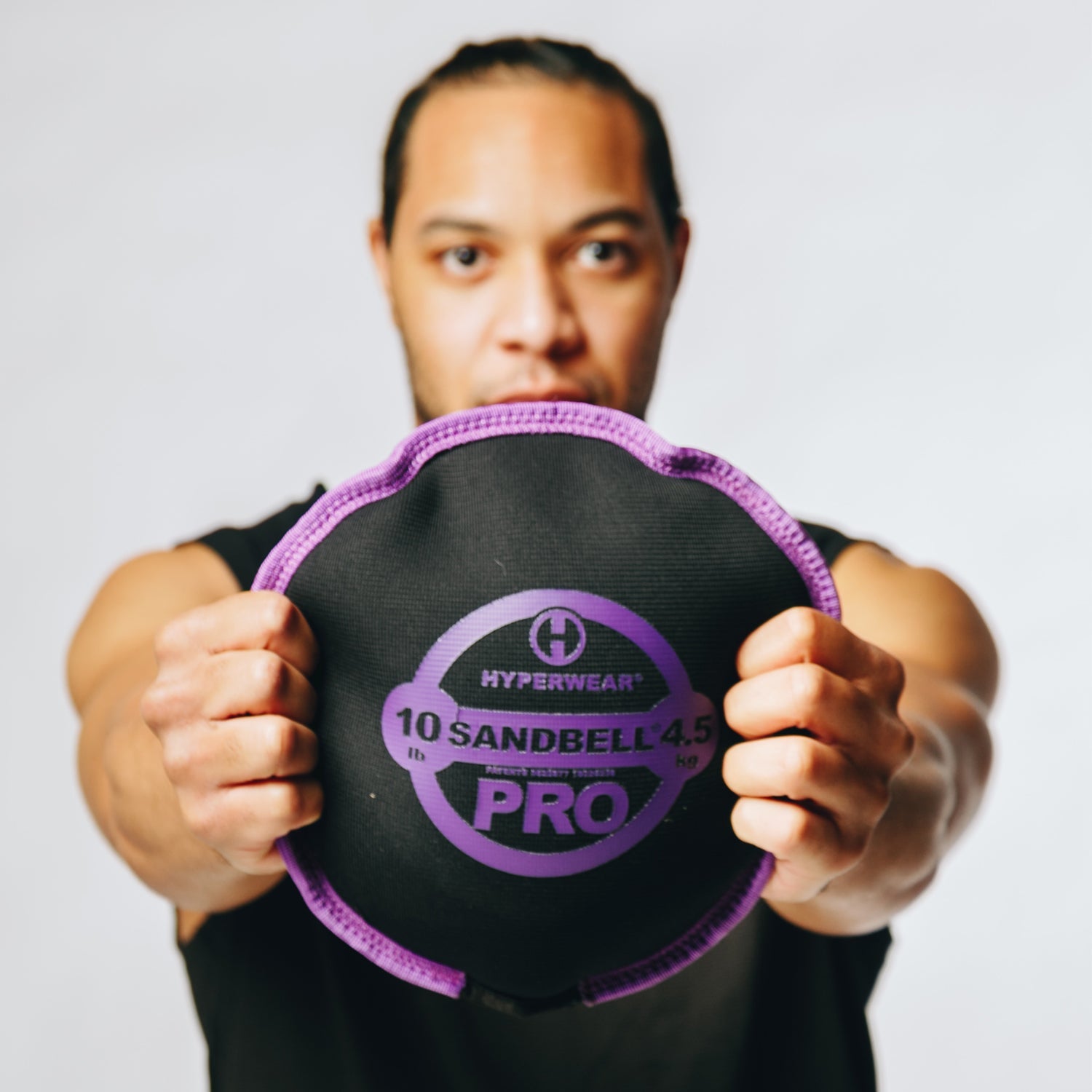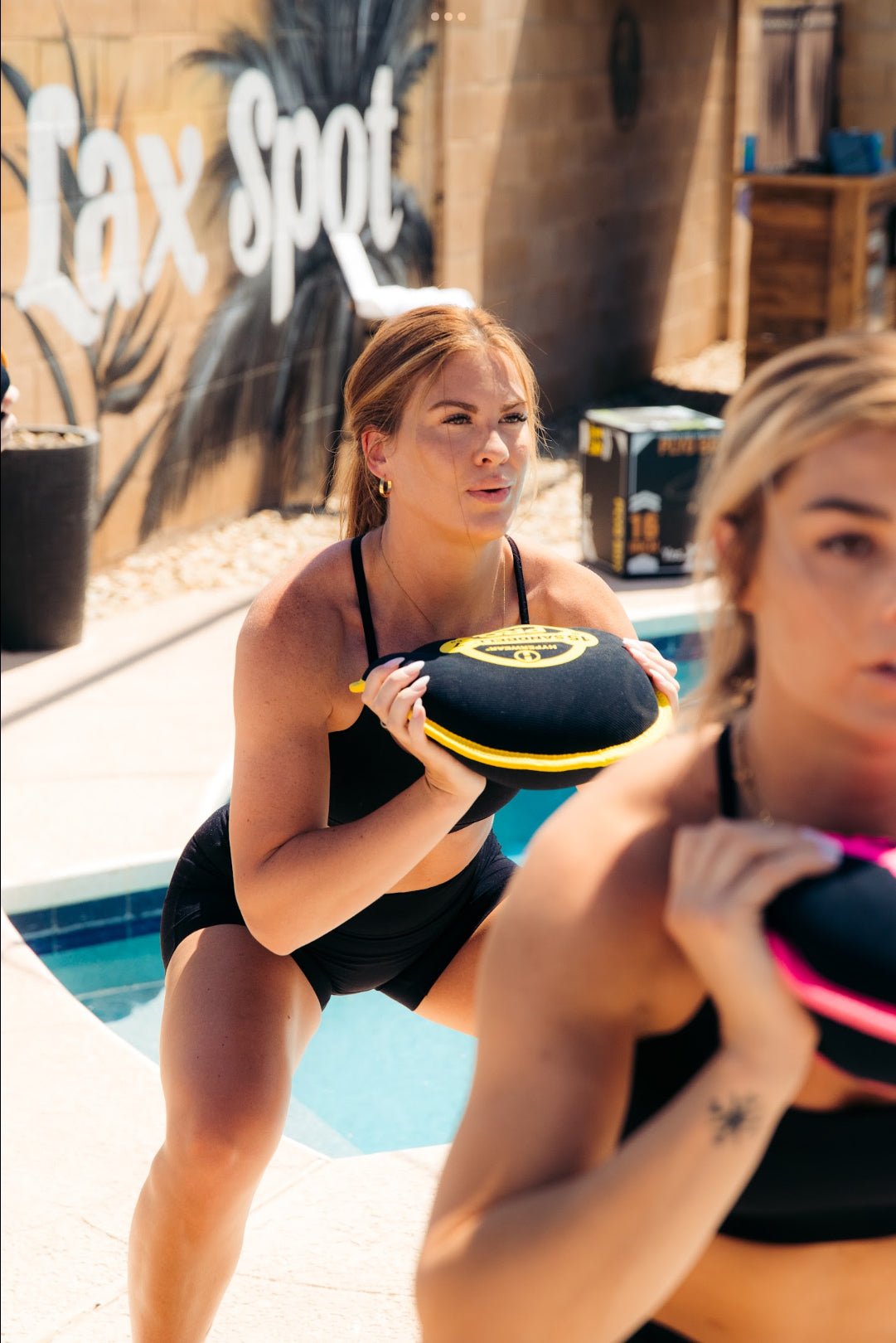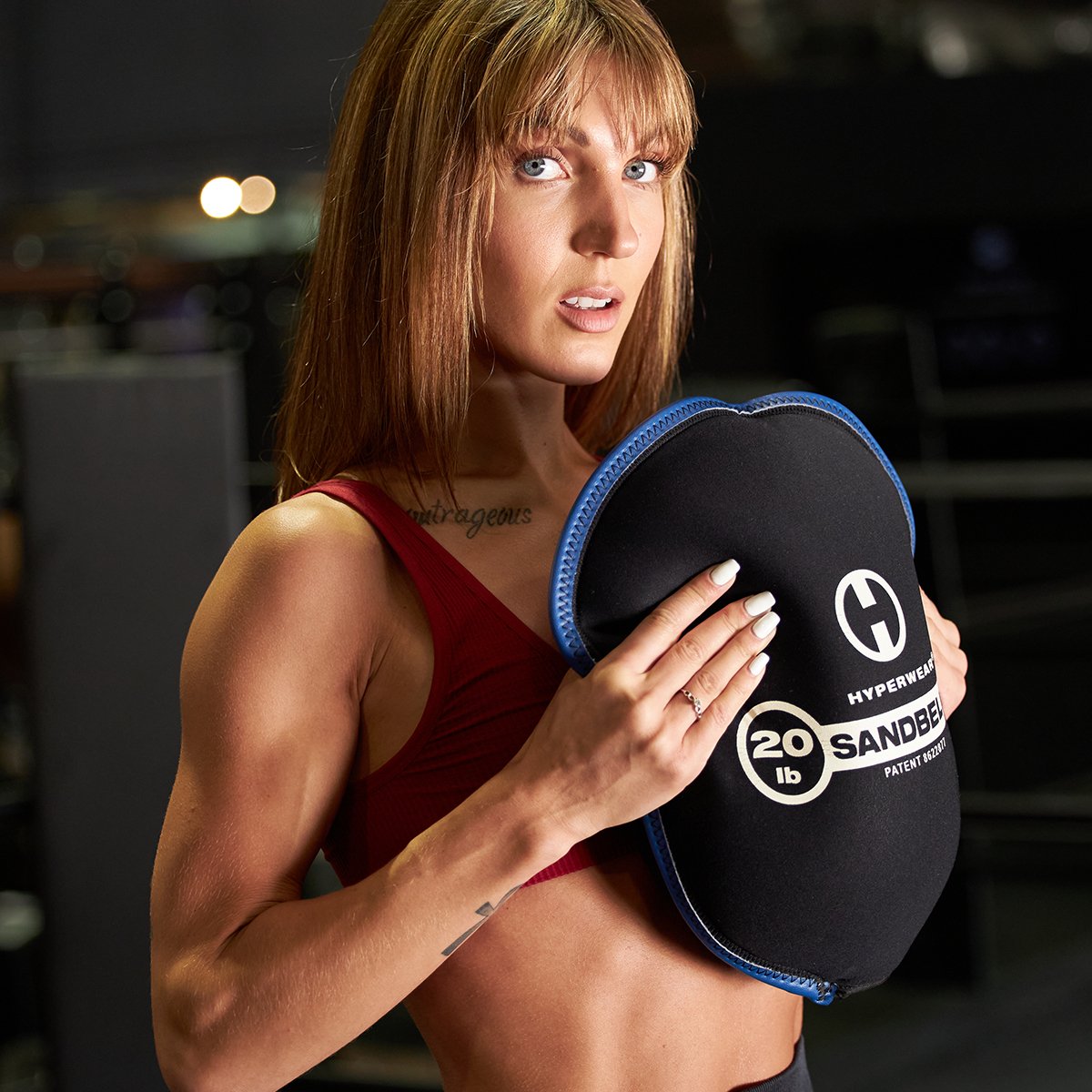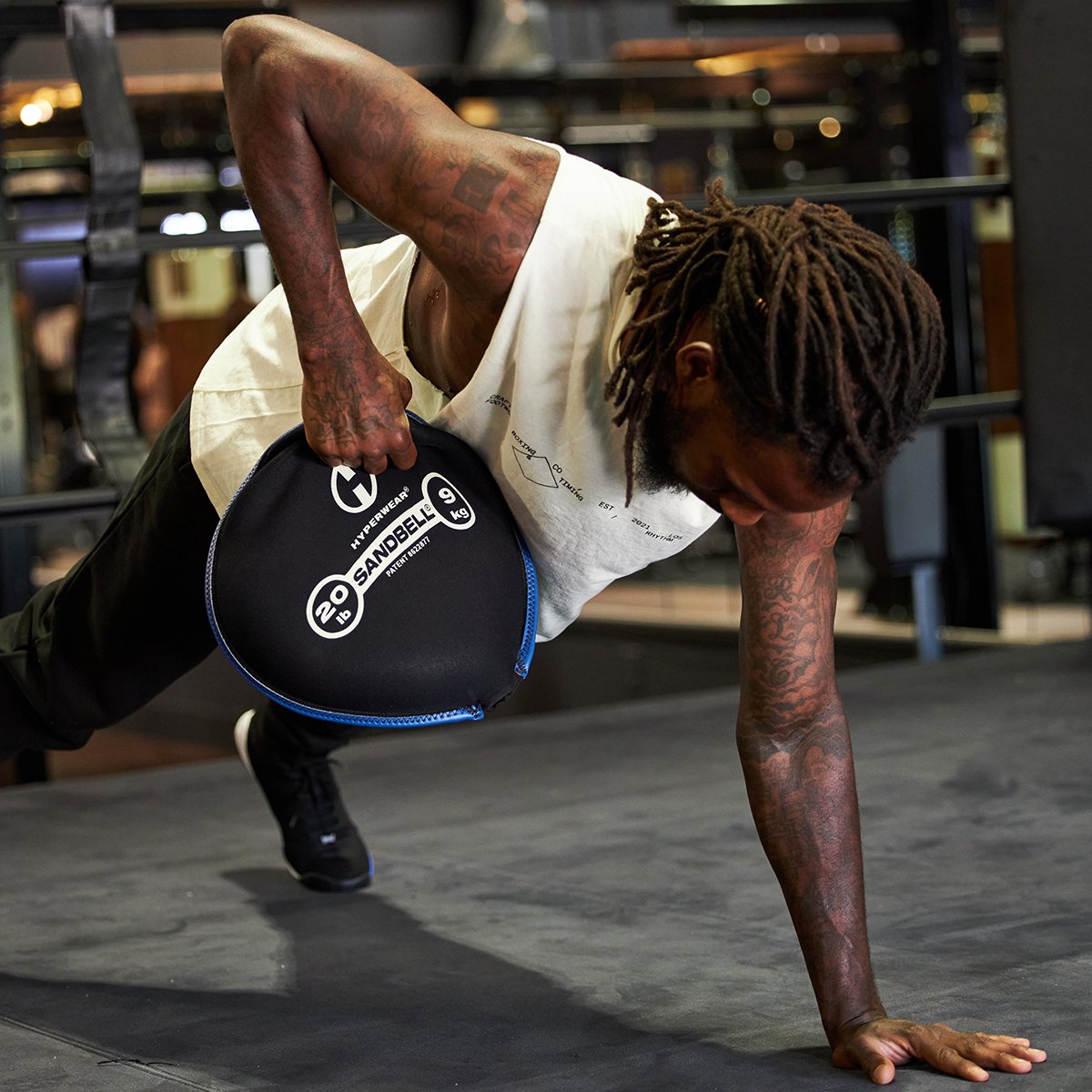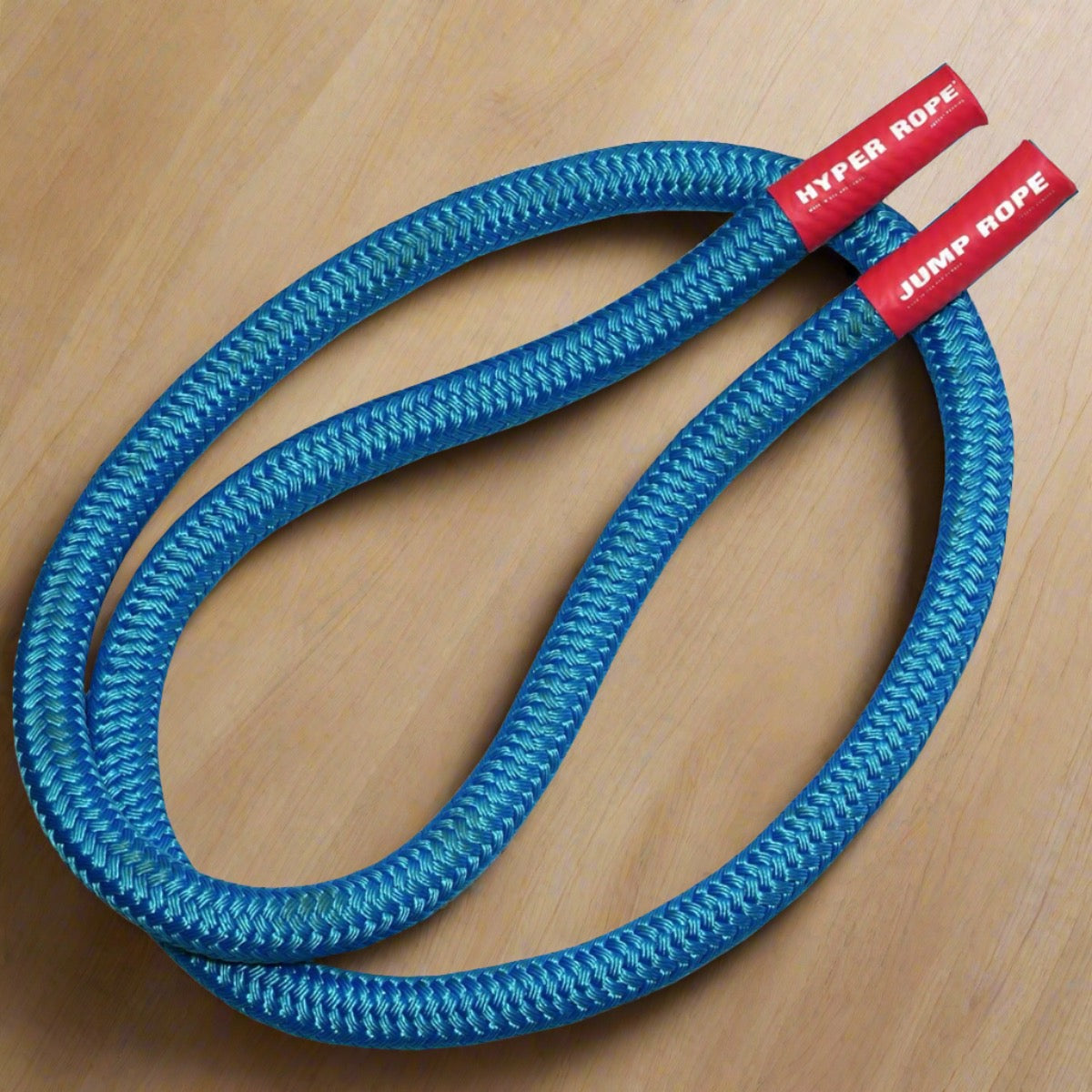No matter your fitness level, today’s kettlebell workout is perfect for you! Most people struggle to squat properly which leads to injuries. Even those with extensive training can still have atrocious movement mechanics. This is an issue as it is used in every aspect of life. From simply getting a bowl under the counter to athletic performance, you are relying on your squat pattern to keep you safe. Whether your goal is to move better in your daily life or be an elite athlete, check out these 7 kettlebell squat variations!
You might ask, with all the equipment out there, why would I use a kettlebell? What makes a kettlebell workout so great? The Kettlebell is the perfect tool for squats, as it will help you clean up your form almost instantaneously. In fact it is even safer to use for the majority of the population as it doesn’t place load on the spine like a traditional barbell squat does.
The SoftBell - Hyperwear’s Kettlebell
Before we dive into different squat variations, let’s take a look at Hyperwear’s kettlebell solution, the SoftBell. As you may have noticed, Hyperwear’s SoftBell system is different from the traditional Kettlebell. The SoftBell was created by looking at many of the traditional kettlebells strengths and weaknesses. Kettlebells are great tools because of the versatility and amount of weight you can lift with them. You can perform anything from High Intensity Interval Training (HIIT) to recovery work with a kettlebell. However, the traditional kettlebell has its drawbacks.
The SoftBell revolutionizes the kettlebell by making it safe for in-home use, as well as being adjustable. Traditionally, kettlebells are made of solid metal. This makes them prone to scratching floors, as well as dangerous around children. However, the SoftBell is made with soft plates, making them safer for in-home use.
Additionally, kettlebells come in fixed weights. In order to use a set up to 30lbs, you traditionally would have to buy 4 or 5 kettlebells. With the SoftBells adjustable system, you can have a kettlebell weighing anywhere from 1.5lbs all the way to 30lbs in one!
What is a Kettlebell Squat?
When most people think of squatting, they think of a barbell squat. Typically that includes loading the spine with the weight on your back. A kettlebell squat is much different, as not only is it safer, there can be more variations and it is actually easier to learn.
So how exactly is a kettlebell squat safer than a back squat? Kettlebells are traditionally held in a goblet fashion, meaning that they can be held in front of the body. This takes load off of the spine, which is especially important when fatigued. In the case of a failed rep, you can simply drop the kettlebell. Meanwhile, in a traditional squat the load will usually cause you to collapse and land on top of your back.
In addition to being safer, the kettlebell squat has more versatility. There are more squat variations available due to the nature of the tool. An example would be a single leg squat. You can perform a single leg squat with a kettlebell, but it would be extremely dangerous to use a barbell for the same movement. Although you cannot load as heavy, by challenging only one limb, you are creating forces in the body that it is not accustomed to. This will help stimulate change in the body.
Finally, a kettlebell squat is much easier for beginners to learn. A barbell squat is very technical. It takes a long time to learn. Ask any trainer who works with kids or the elderly population and none will have their clients back squatting. Instead, they use tools such as the kettlebell. This allows the trainer to watch the clients squat pattern, without fear of injury. It also allows for quicker corrections.
Benefits of Kettlebell Squat Exercises
The kettlebell squat is an excellent kettlebell exercise for working the entire body. From the large leg muscles to the core, everything is worked when squatting correctly. Even your forearms can receive a burn after holding the kettlebell for long enough. Depending on what variation you do, a kettlebell squat can be the most effective total body exercise in your repertoire.
In addition to being a total body workout, this kettlebell exercise leads to some advantages over other tools. The design of a kettlebell makes it easy to hold, but actually can create instability when held upside down. To level up your workout, try a few squats holding the kettlebell upside down by the handle. This is another great technique to improve those forearms and get results for the entire body faster!
What is the Proper Form for Kettlebell Squats?
One of the most important parts of exercise is using proper form. This is important not only for safety purposes, but to get the most out of any exercise. Everyone will have a slightly different squat pattern due to differences between their bodies, but in general there is a specific form to look for. This form is true, no matter if you are squatting with a kettlebell or any other tool.
Establish a good base by keeping your feet slightly wider than shoulder width. Some people will then turn their toes out slightly, giving the hips more freedom to move. Ideally you would like your feet to stay planted on the ground, but if you have limited ankle mobility try elevating the heels onto a small set of weight plates.
Finally, when lowering yourself down be sure to keep the natural curvature of the spine. Some people will say to keep your back straight, but that can cause undue stress as well. If you need practice with this idea, grab a PVC pipe and try to keep your head, back and tailbone connected as you squat.
By following the proper form you can avoid many issues. Those who squat improperly are more likely to injure their back, which may result in surgery. Squatting with good mechanics also increases your athletic ability for those looking to compete in sports.
Here’s How To Do a Kettlebell Squat:
- Widen your feet so that they are slightly past shoulder width
- Turn your feet out about 10 degrees and keep your weight on your heels
- Keep the core braced
- Lower your body down
- Squat to a depth you feel comfortable going to
- Push through the ground to drive yourself back up
- Thighs must get to at least parallel with the floor
- Keep the natural curve of the spine
- Breathe in as you squat down, exhale on your way up
7 Kettlebell Squat Variations Workout
Kettlebell Deck Squat
Number of Reps: 12
Est. Time to Complete Set: 1 Minute
For this advanced exercise, be sure to grab your kettlebell. It will aid your body by adding extra momentum to the movement.
Begin by lying flat on your back. From there, thrust the kettlebell and your momentum forward into a squatted position. Stand all the way up and repeat the movement. Repeat the exercise until you get 12 clean reps. This may take a few tries, so don’t get discouraged if you struggle. Keep going and work for it!
Kettlebell Front Squat
Number of Reps: 15
Est. Time to Complete Set: 1 Minute
Kettlebell front squats are a great way to improve your squat pattern. They can be safer than back squats, since the load is not on your spine. This makes the movement great for beginners and experienced lifters alike!
Start with the kettlebells held in a front rack position. Then, turn your toes out slightly and lower into a squat position. Repeat the process for a total of 15 reps and feel those legs burn! Your core and legs will thank you for this one.
Kettlebell Goblet Box Squats
Number of Reps: 15
Est. Time to Complete Set: 1 Minute
An excellent move for the beginner and advanced athlete, goblet box squats can really help to improve your range of motion. This is traditionally done with a box, but can be done with anything laying around the house, such as a chair.
The goal is to squat just low enough to tap your butt to the box or chair. Do not sit down, simply pause for about 1 second, then drive the weight back up. This small pause will help you drastically improve your hip mobility. Repeat for 15 reps.
Kettlebell Overhead Squat
Number of Reps: 12 Reps
Est. Time to Complete Set: 1 Minute
The kettlebell overhead squat is an advanced technique, requiring good range of motion through the shoulders, spine and hips. However, when performed properly it is one of the best squat variations out there.
We recommend starting with one kettlebell overhead instead of two, to allow the body to get used to the movement. This will also place an additional challenge on the core. Be sure to control your squat as you sink down, performing 12 clean reps.
Kettlebell Single Leg Squat
Number of Reps: 15
Est. Time to Complete Set: 1 Minute
The Kettlebell Thruster Squat is a total body exercise that anyone can do! It will get your heart rate up and get you sweating!
Start with the kettlebell at chest height. Squat down low, driving the kettlebell up and towards the sky. Perform at a safe speed, but push yourself. This is designed to be a fast movement, so make sure you are driving the kettlebell with some savage intent for all 15 reps!
Kettlebell Two Handed Squat
Number of Reps: 12
Est. Time to Complete Set: 1 minute
In addition to the front squat, another great way to load the squat pattern safely is by holding kettlebells to the side. This type of squat takes very minimal cueing and can be dialed up or down based on your own skill level.
Start with the kettlebells on both sides of the body. This will allow you to squat without hitting yourself. Start with light kettlebells if the move is new to you, but increase if you would like more of a challenge. Complete all 12 reps and get those defined legs you’ve dreamed of!
Now it’s Time to Grab Your Hyperwear SoftBell and Start Squatting!
No matter what your fitness goals are, chances are being able to squat properly will help you achieve them. Using a kettlebell system, such as Hyperwear’s SoftBell is a great way for both beginners and advanced athletes to work on their form. With these 7 variations, you can get out there and start sweating today!



